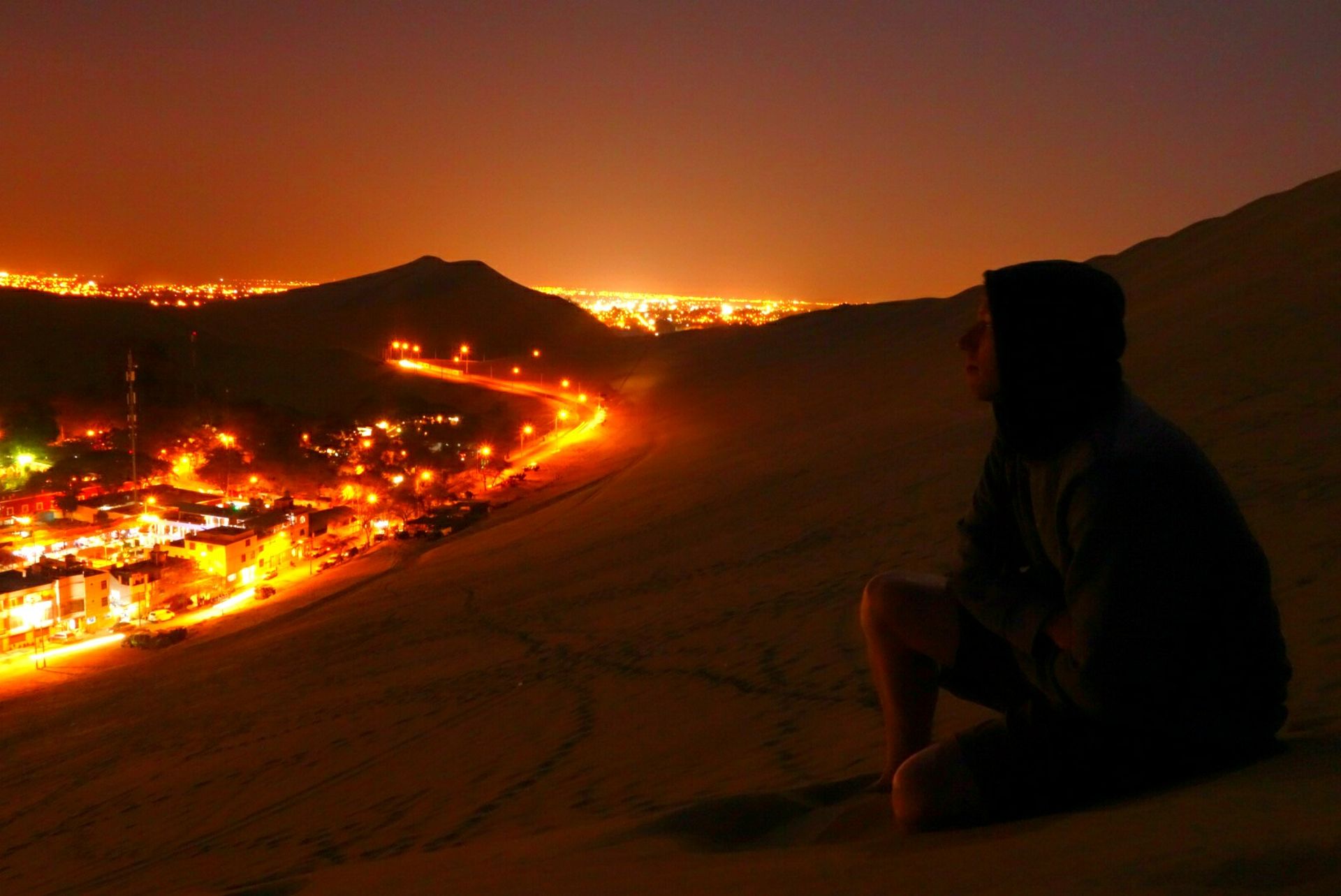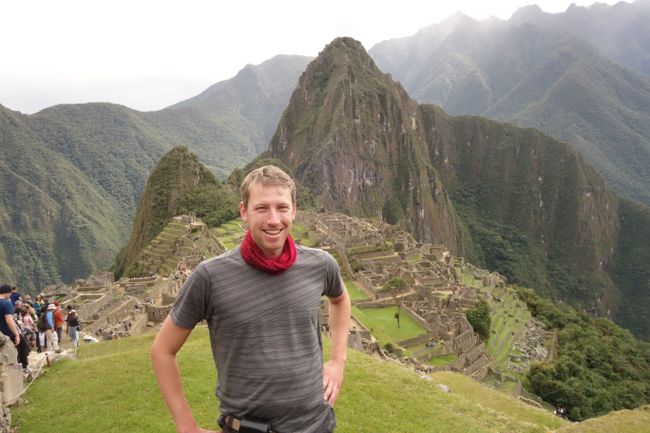Colombia - Coffee Zone and Medellin
Imechapishwa: 10.01.2019
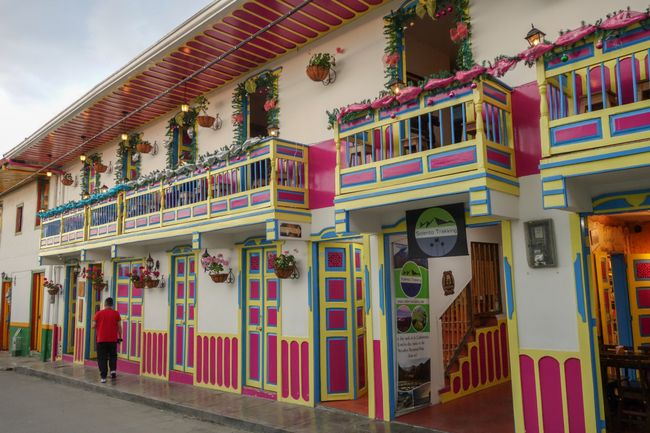
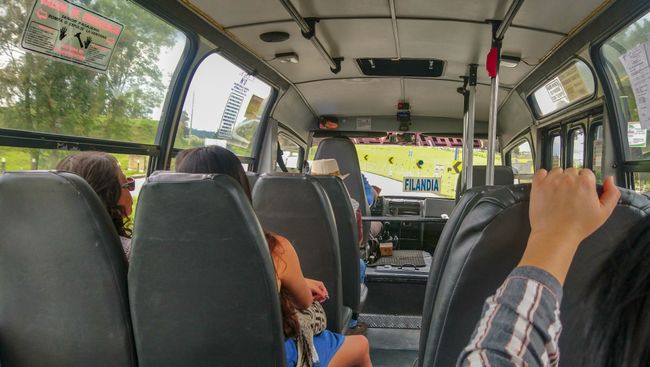
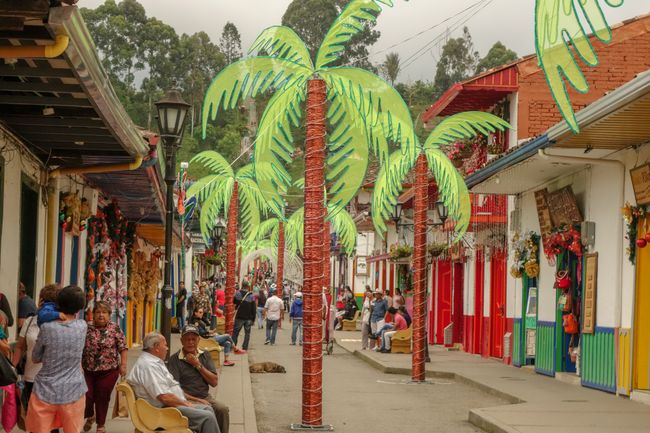
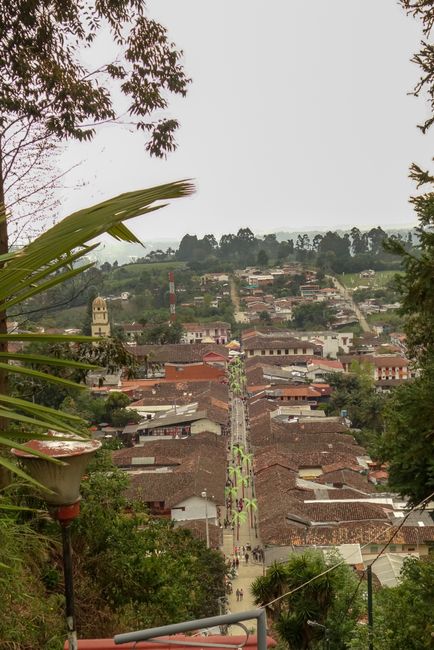
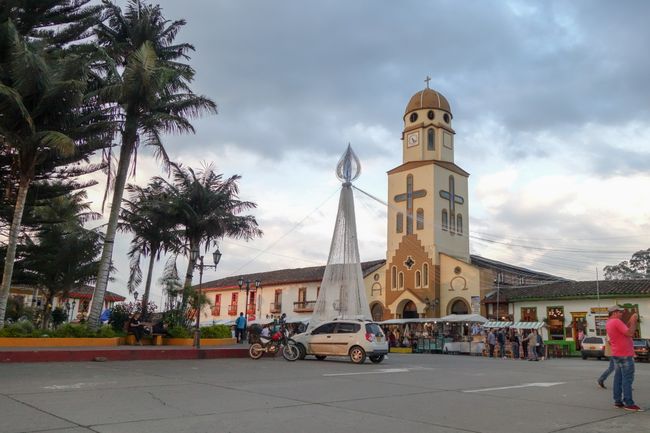
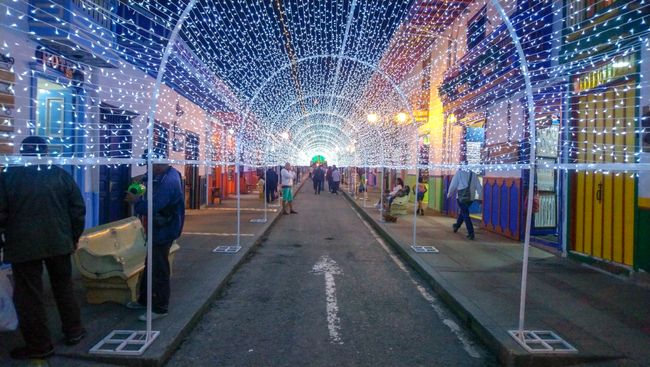
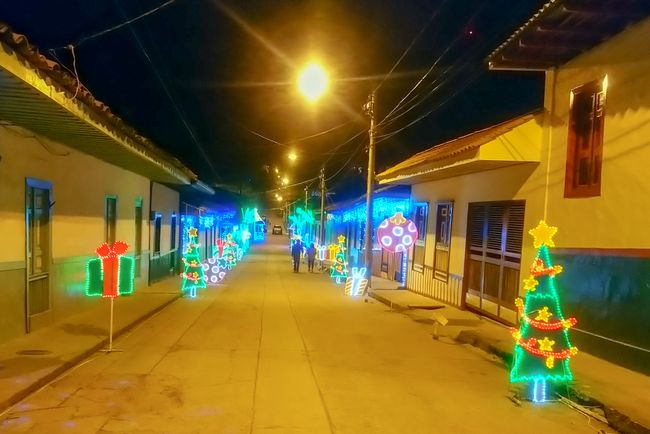
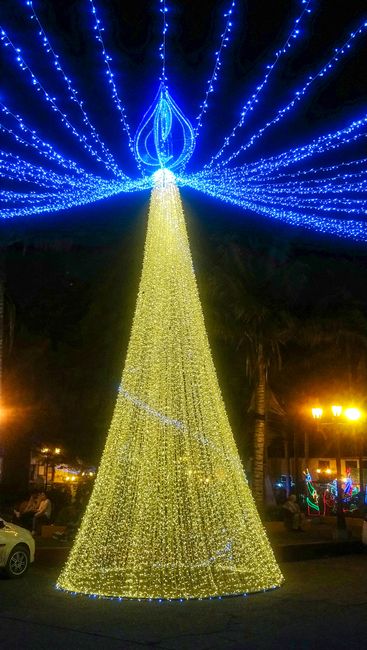
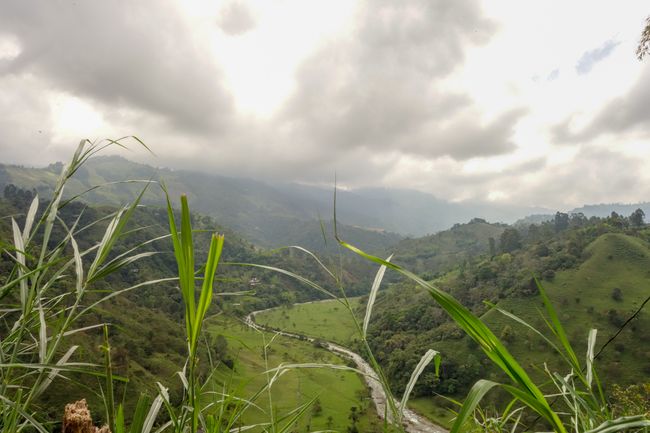
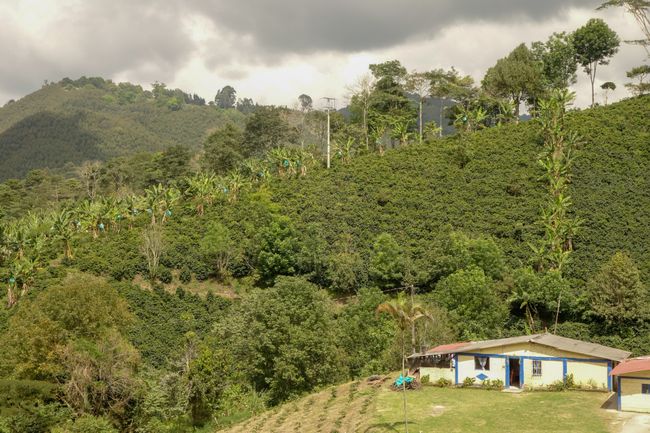
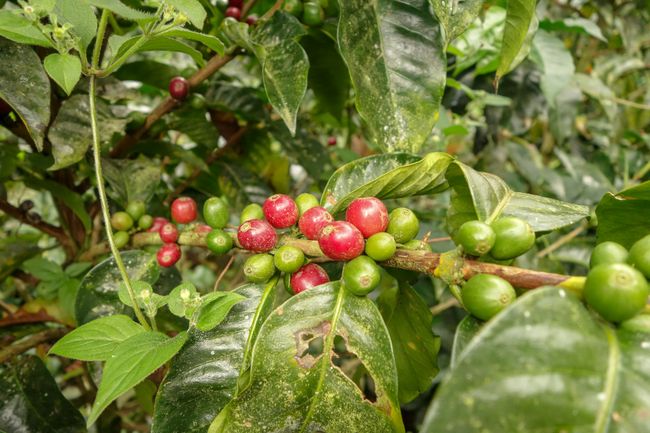
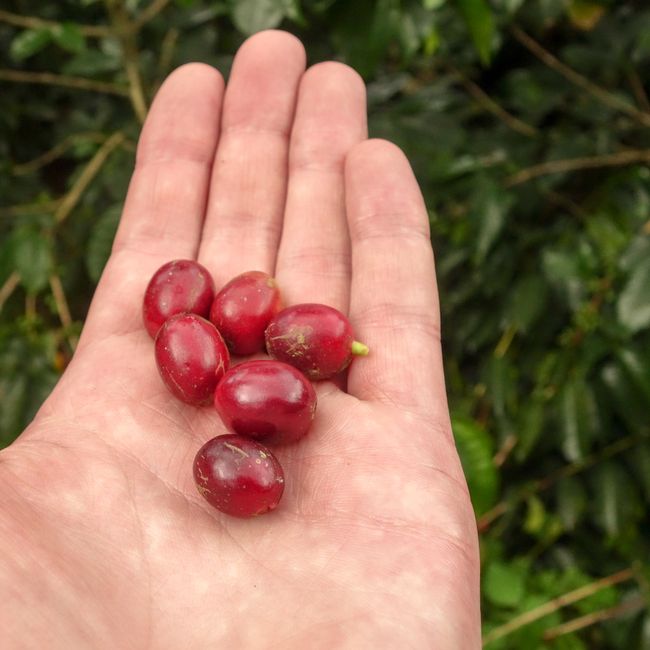
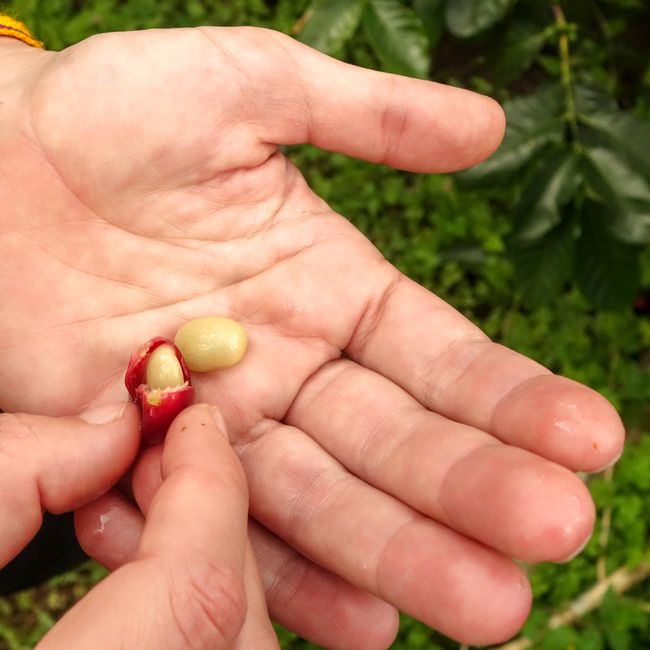
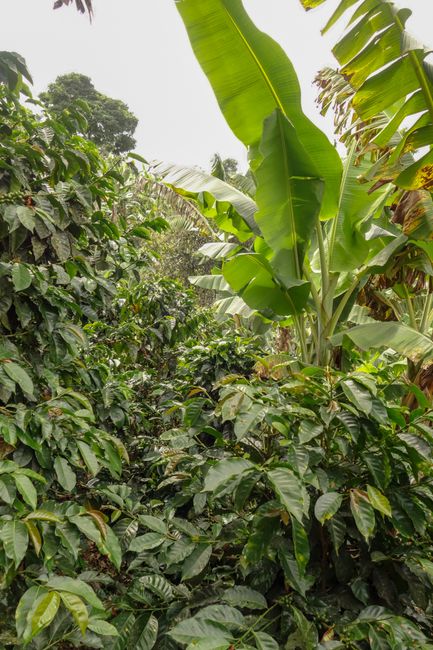
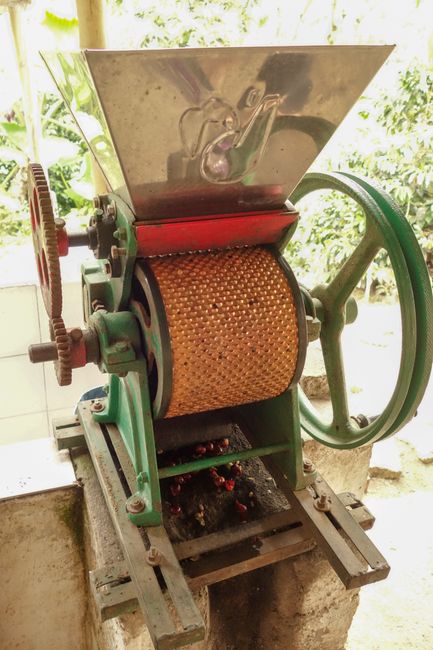
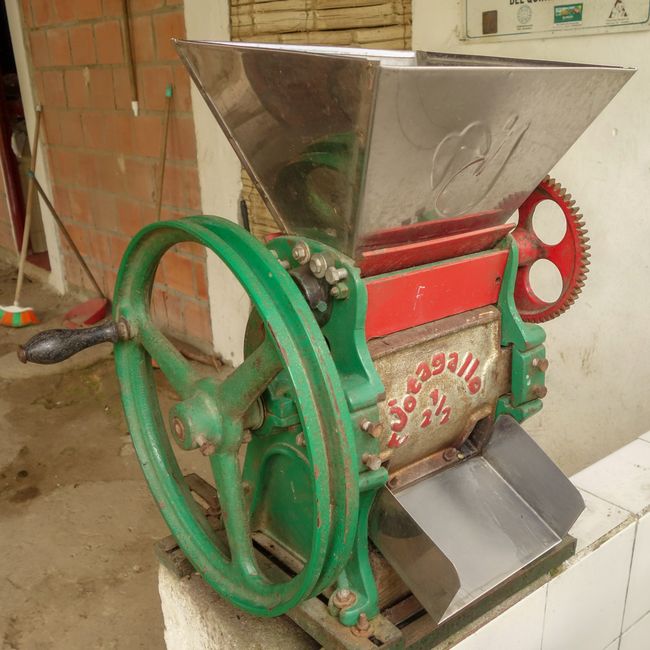
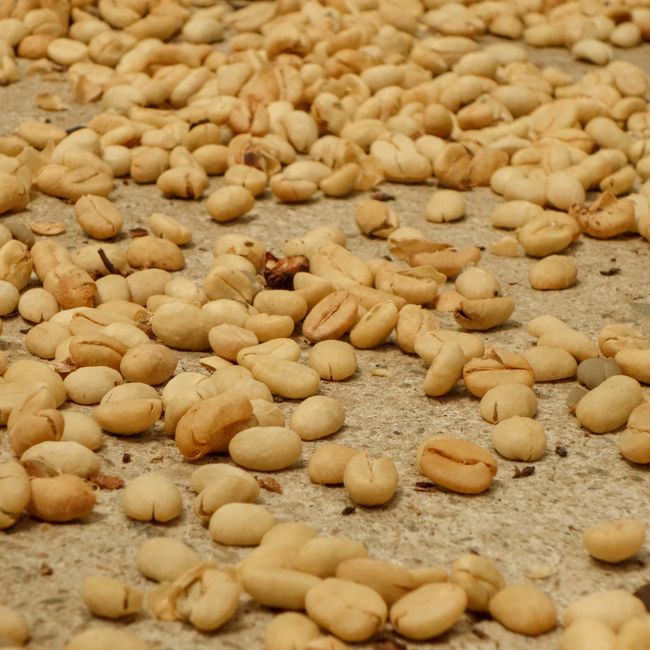
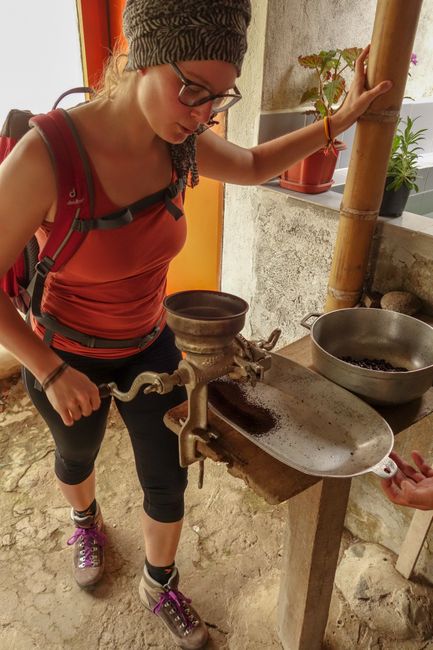
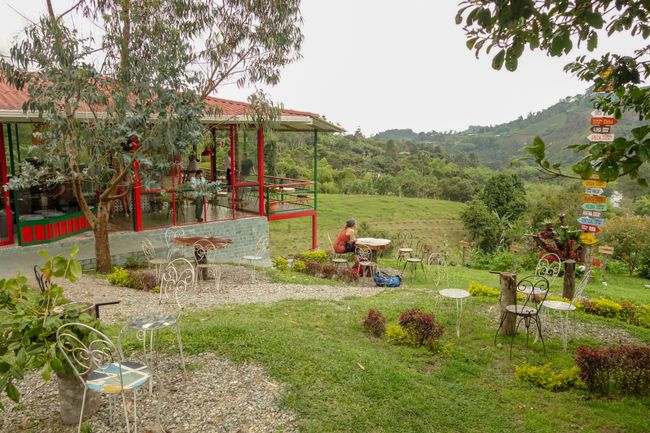
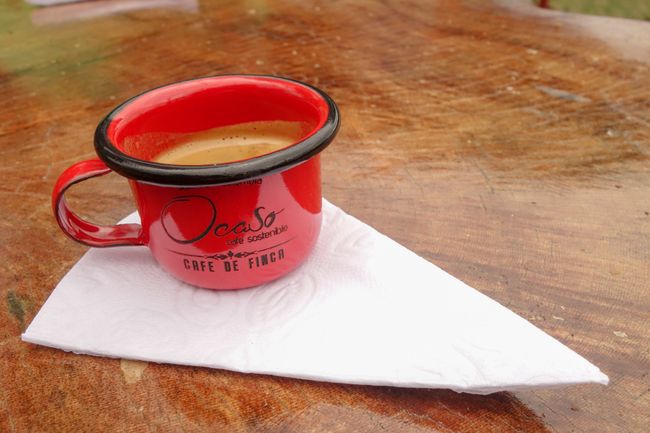
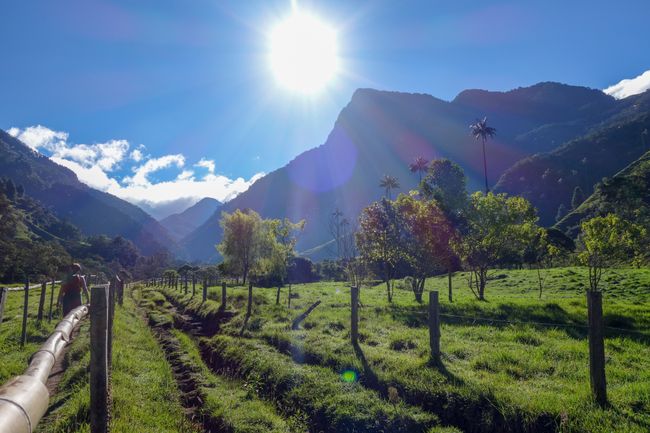
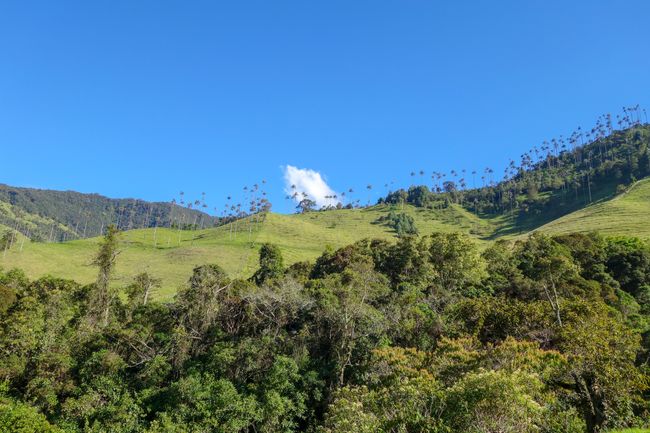
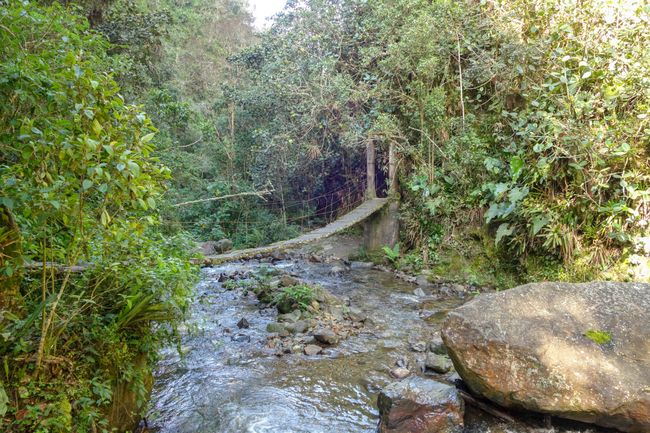
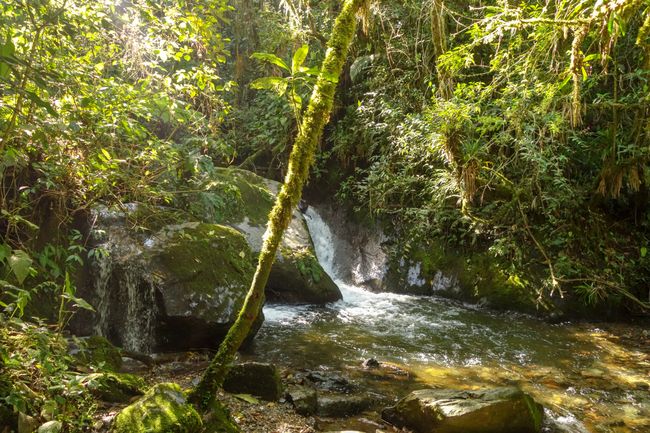
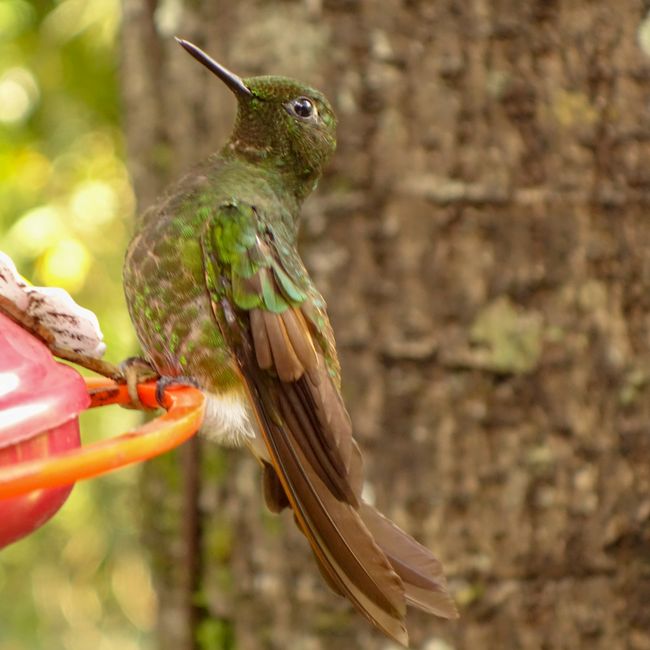
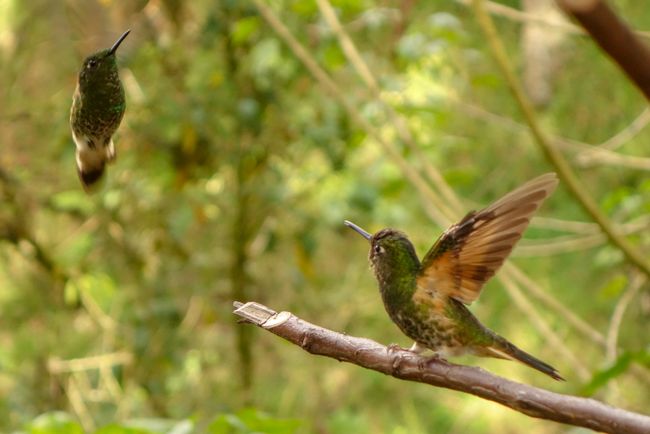
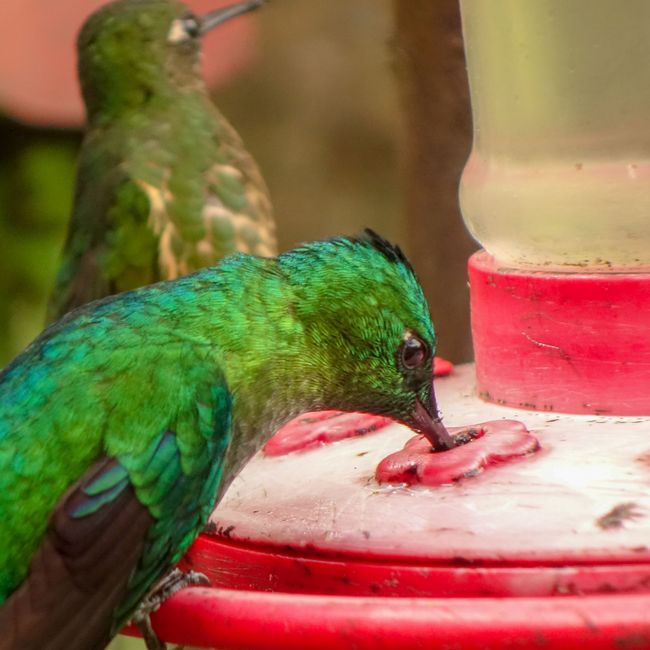
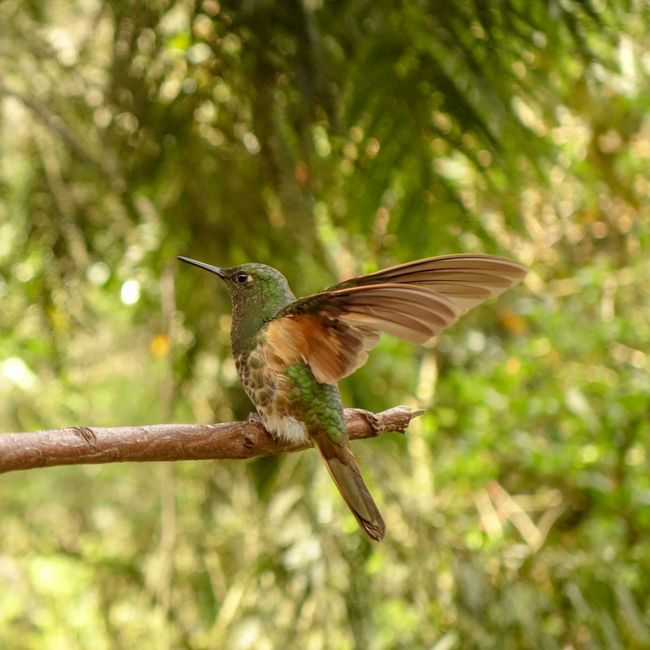
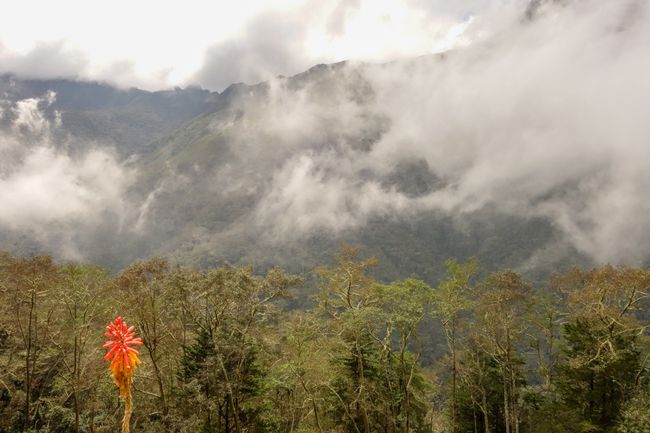
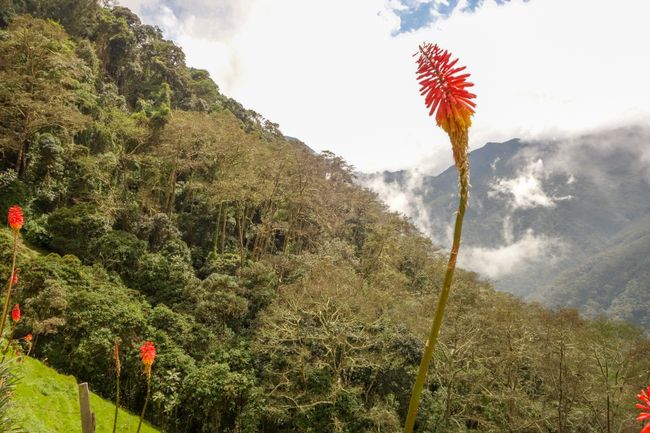
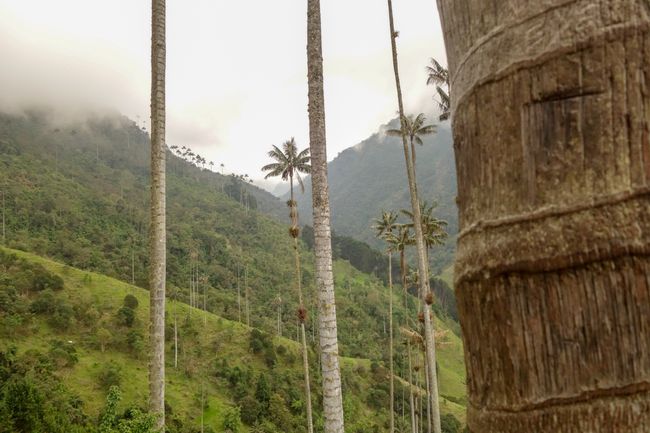
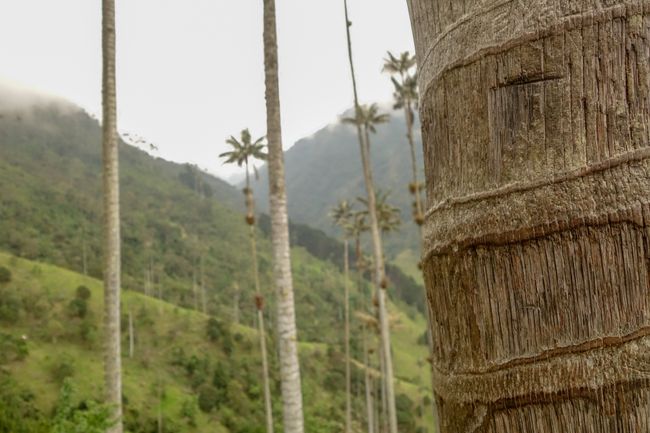
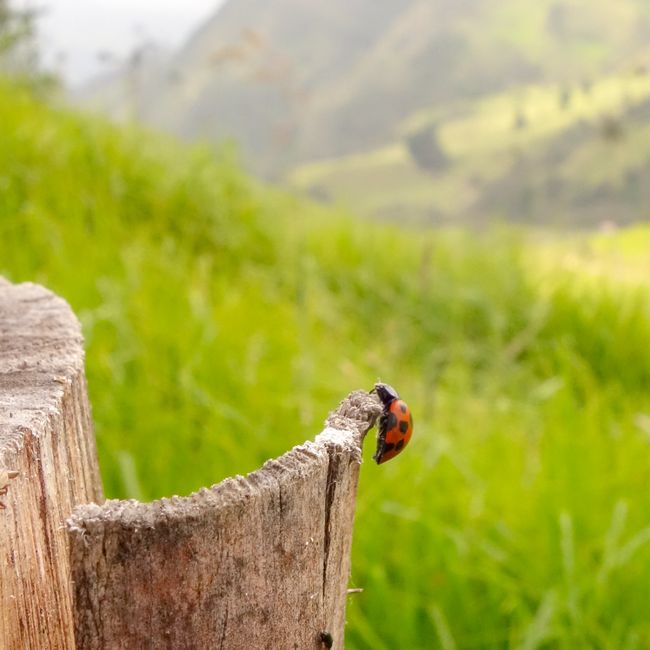
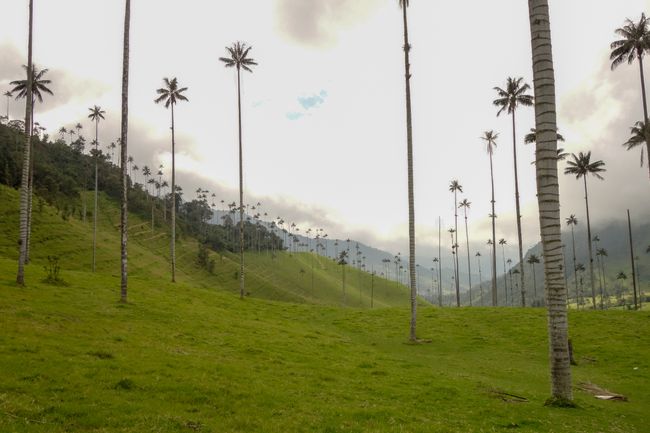
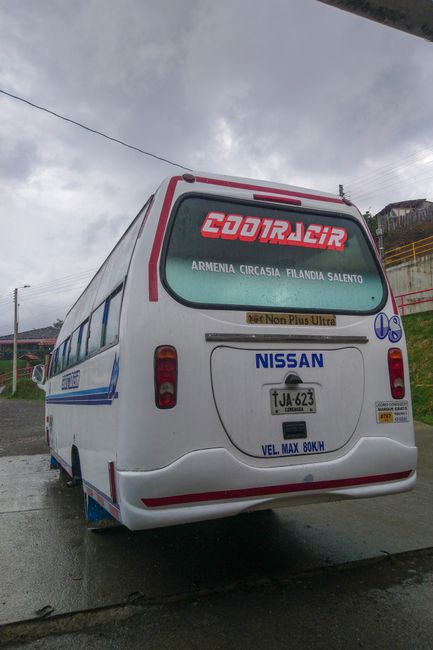
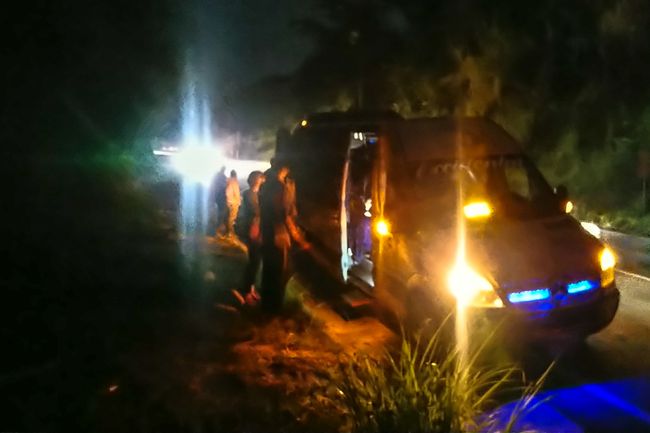
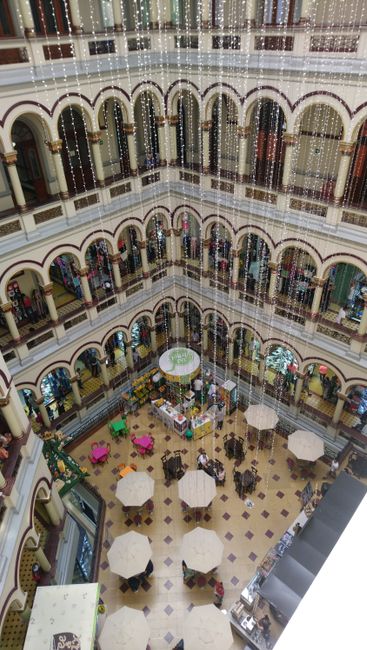
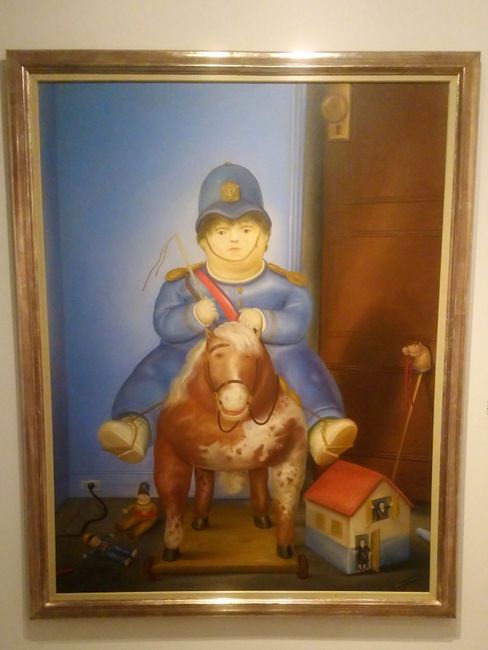
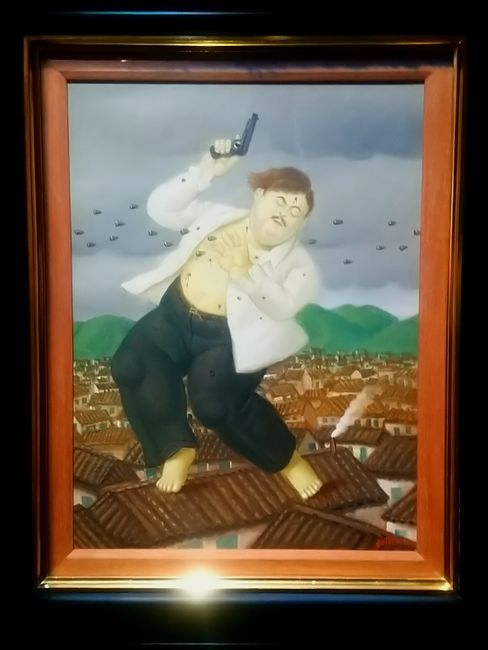
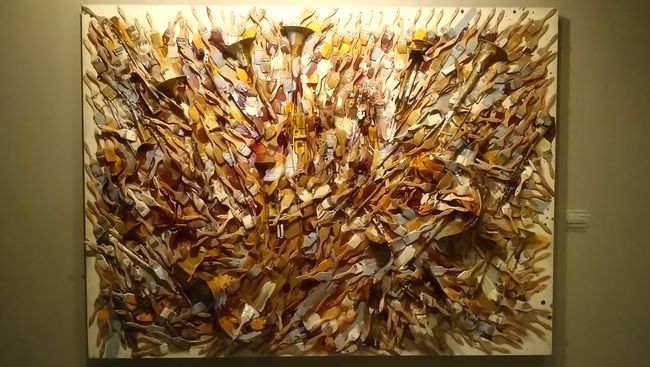
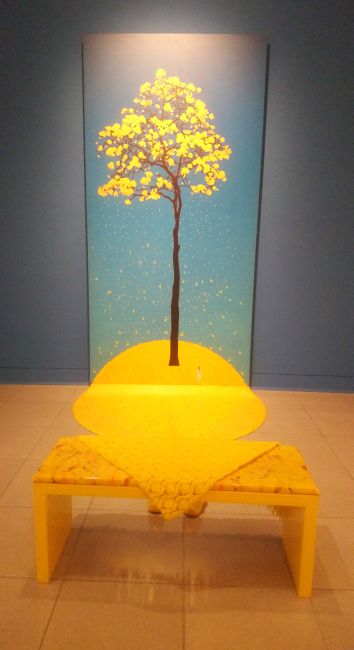
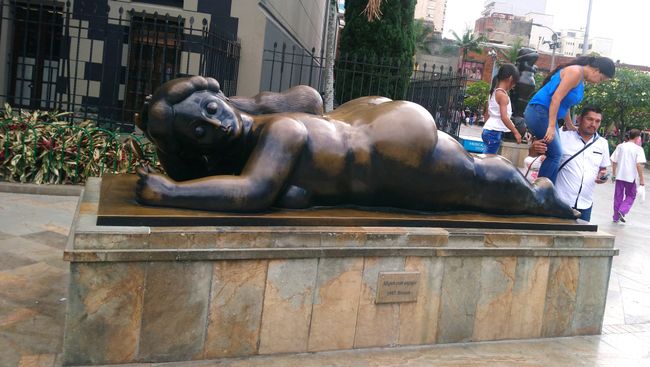
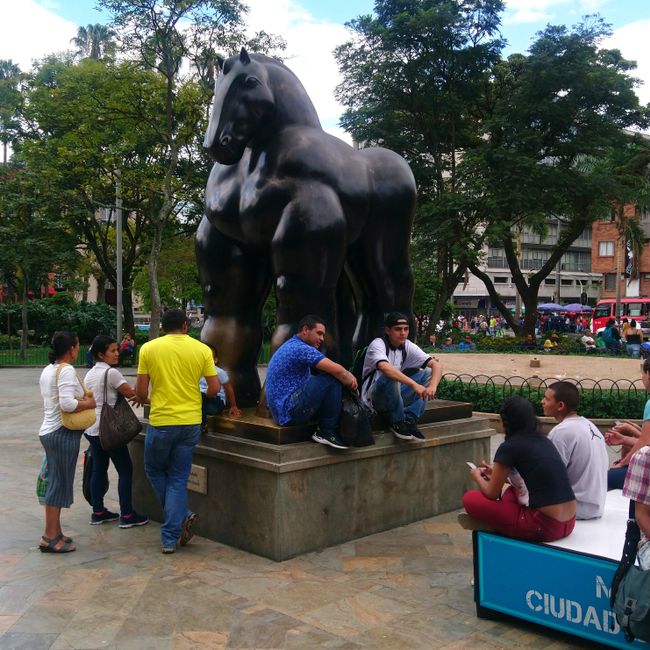
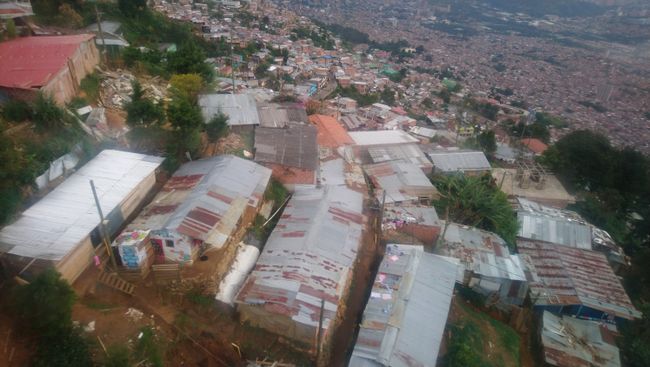
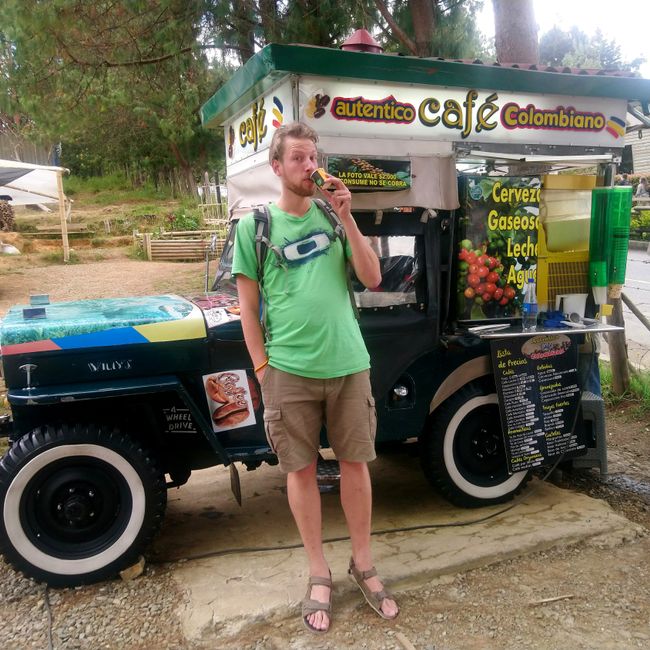
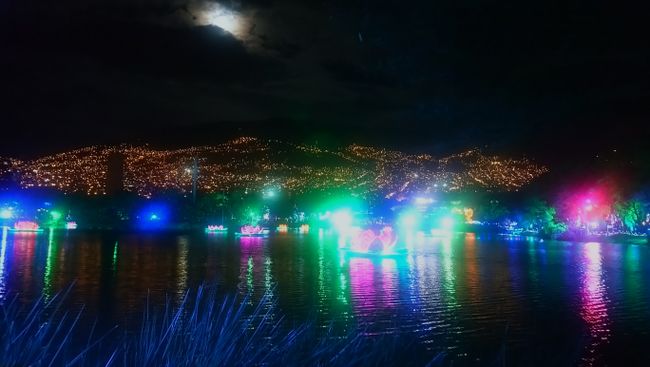
Jiandikishe kwa Jarida
Salento
Coffee Zone - As the name suggests, this is the main coffee growing area. Our goal was the small town of Salento, which now has many visitors and has been nicely renovated. But still within reasonable limits. There are many nice cafes and restaurants, mainly run by foreigners. But you can also eat well and cheaply with the locals. And what else can you do in the coffee region? Exactly, a coffee tour where you visit several farms. Many offer guided tours. And you can walk through the beautiful landscape to the individual farms. Coffee needs a special climate, warm, humid, sunny, good soil and the right altitude between 1500 and 3000 meters. The human being feels comfortable there as well. That was day one.

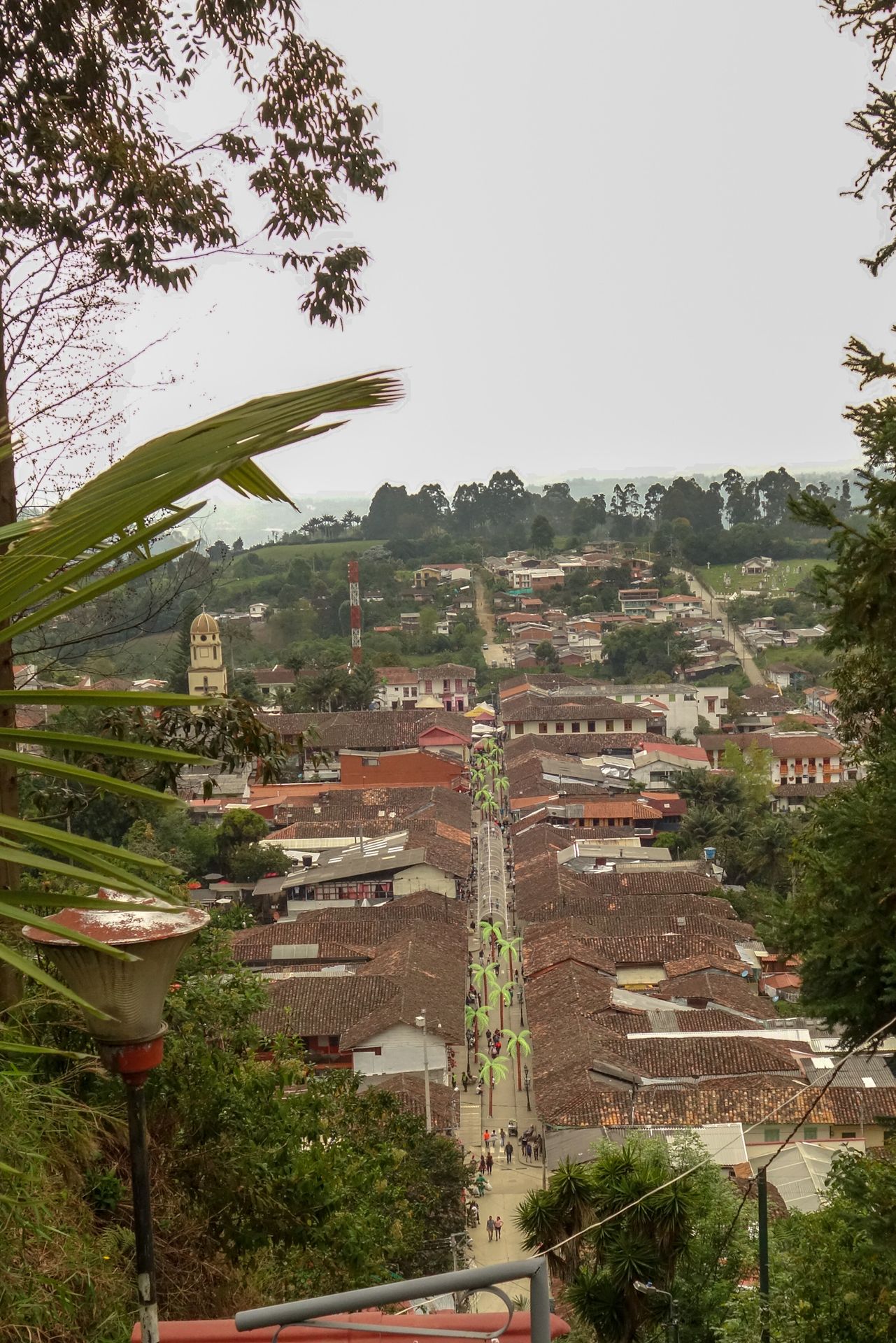
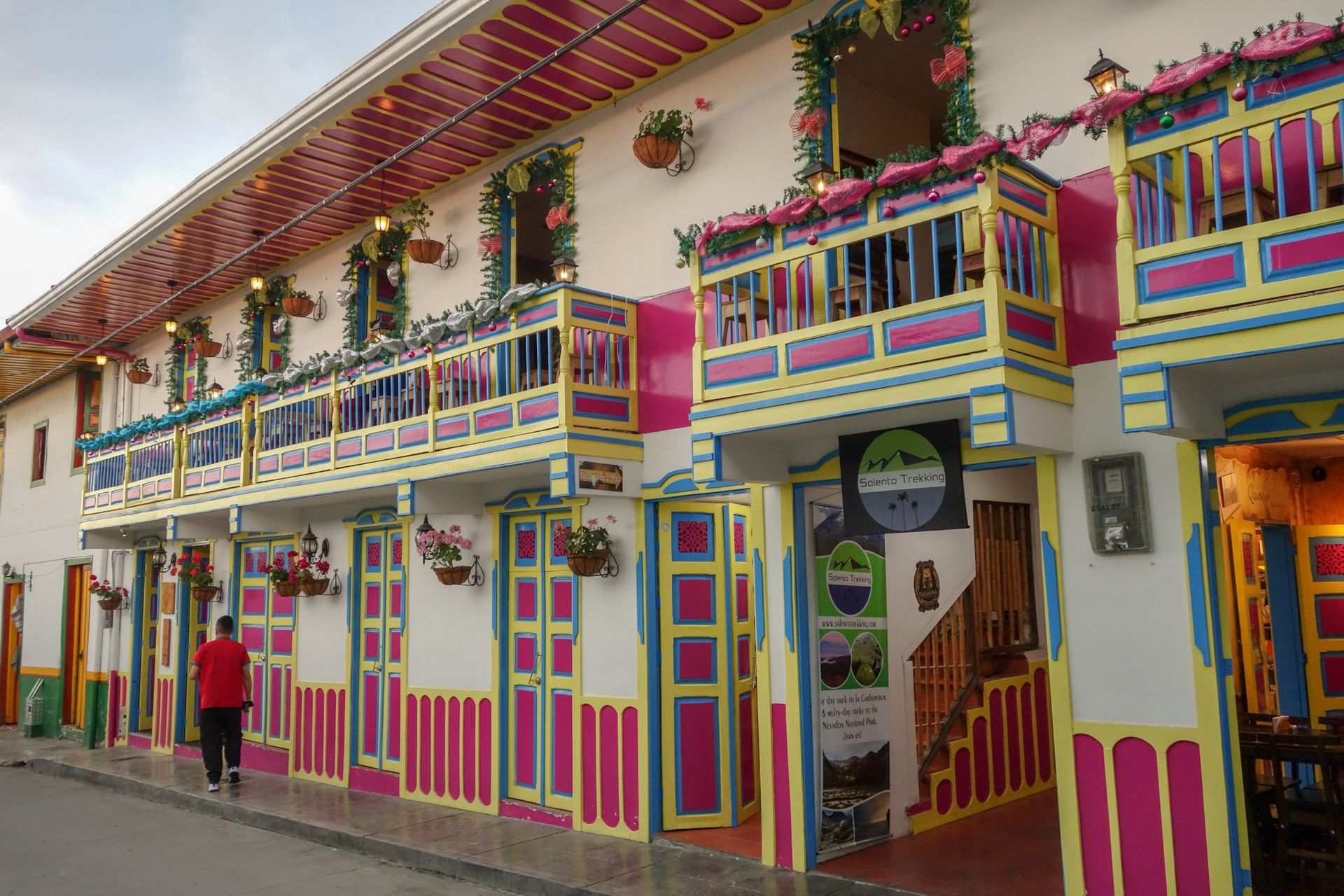
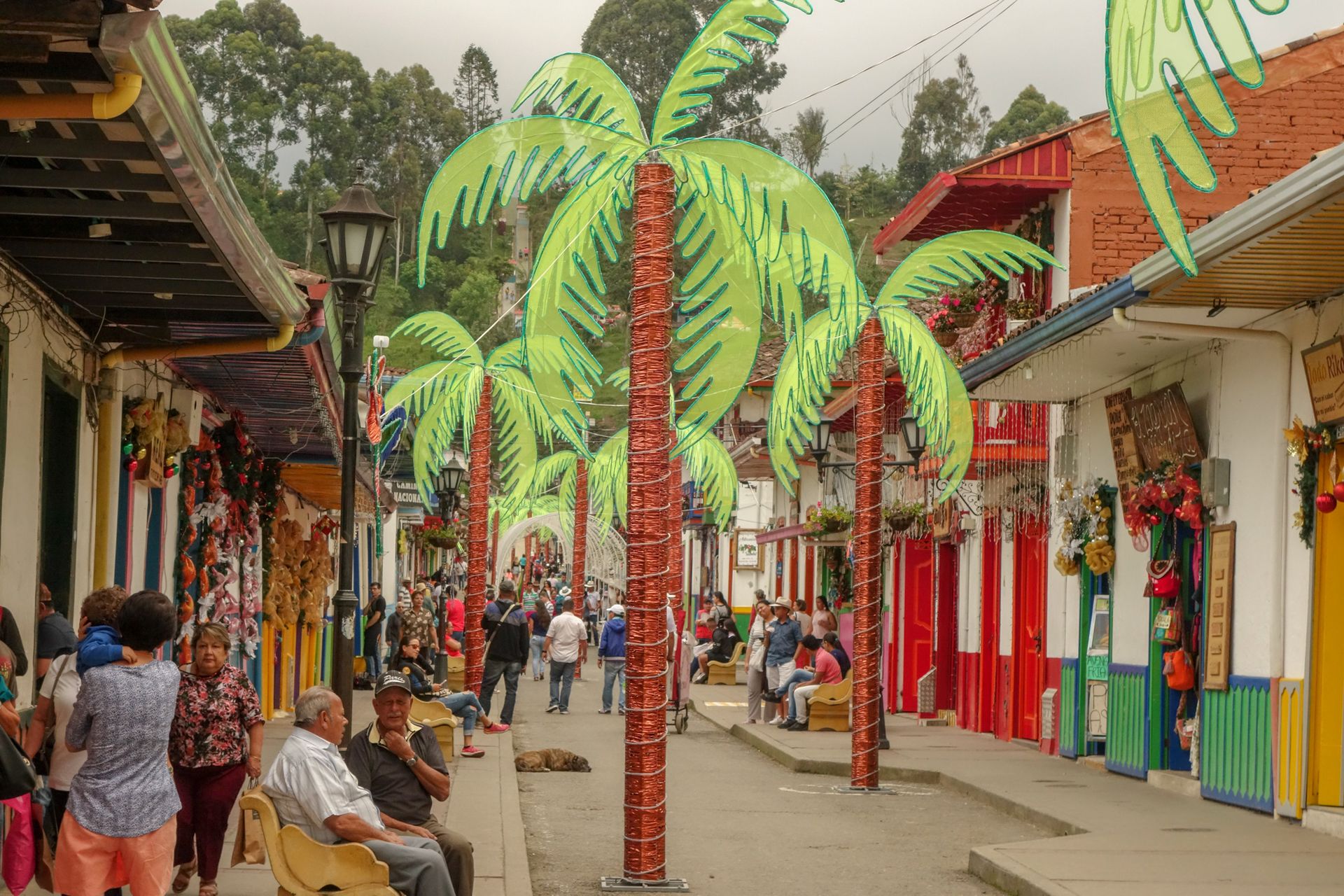


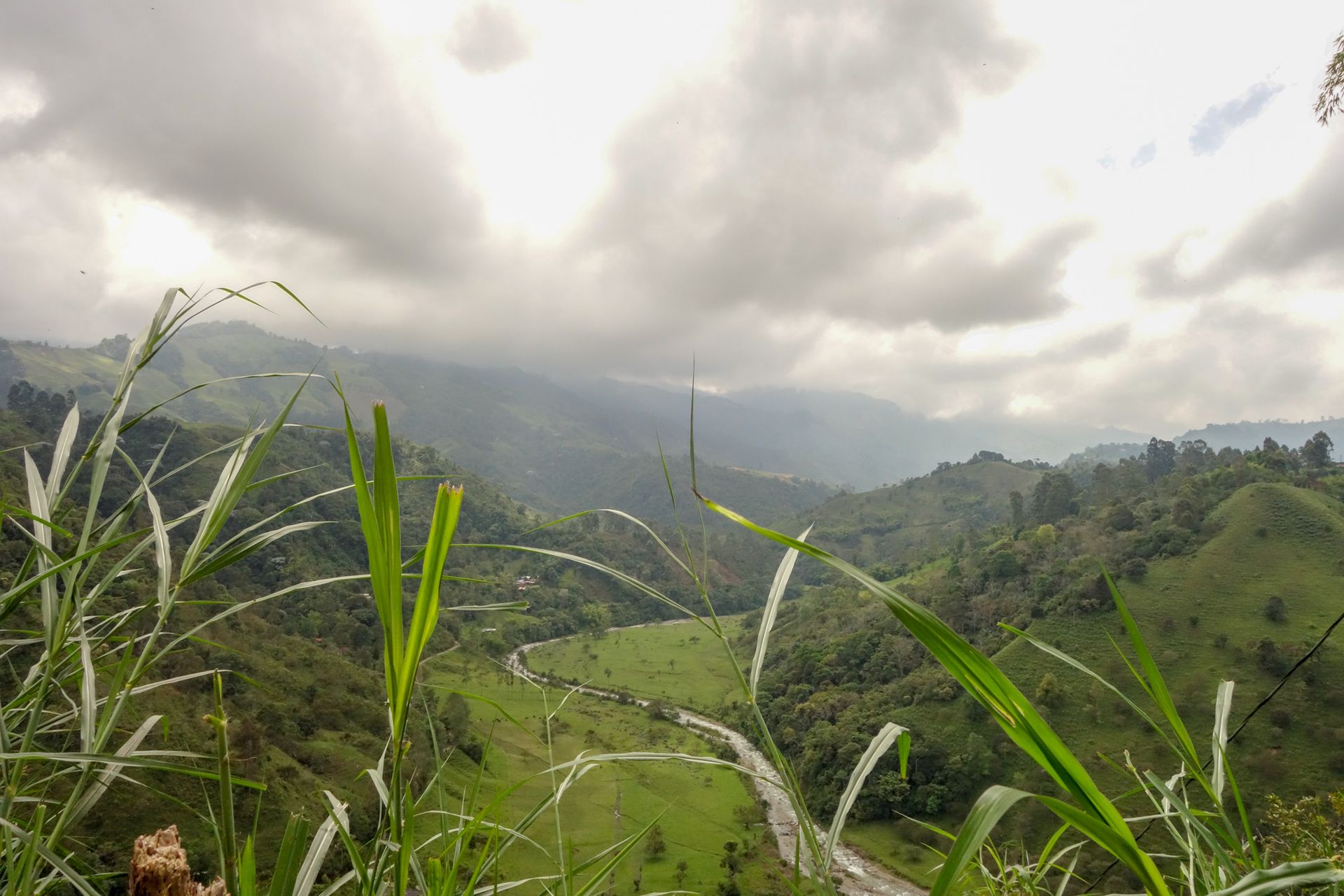

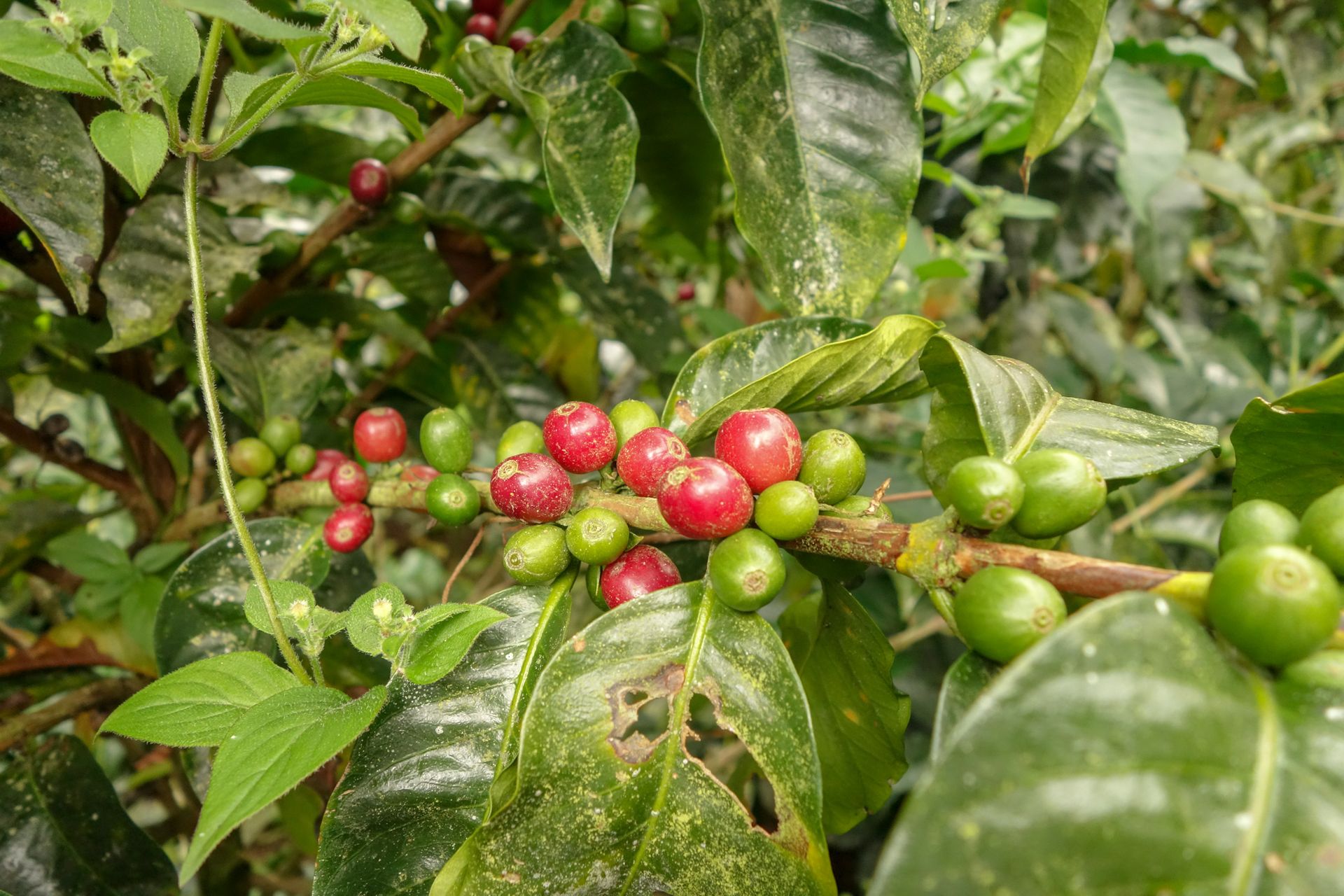


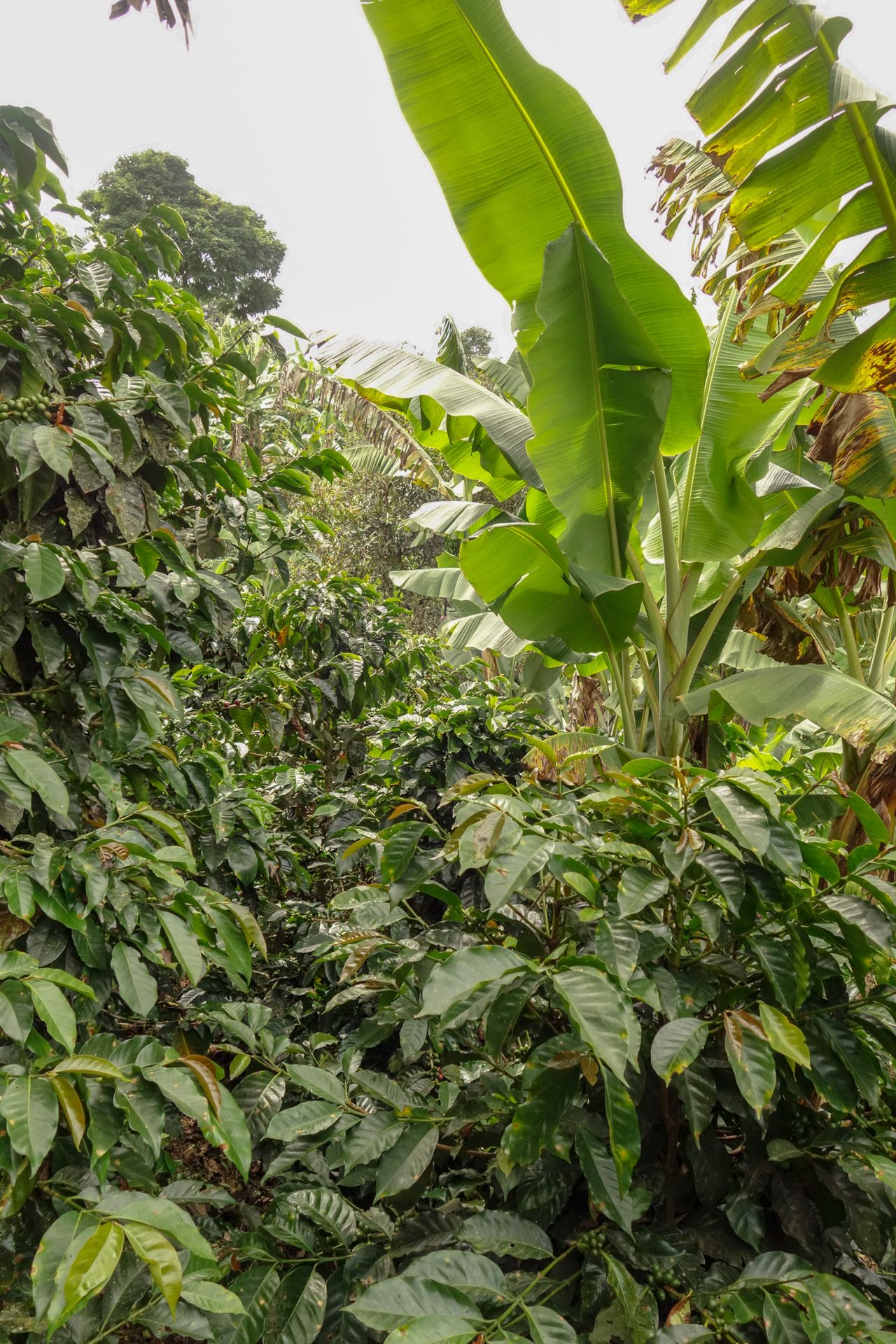

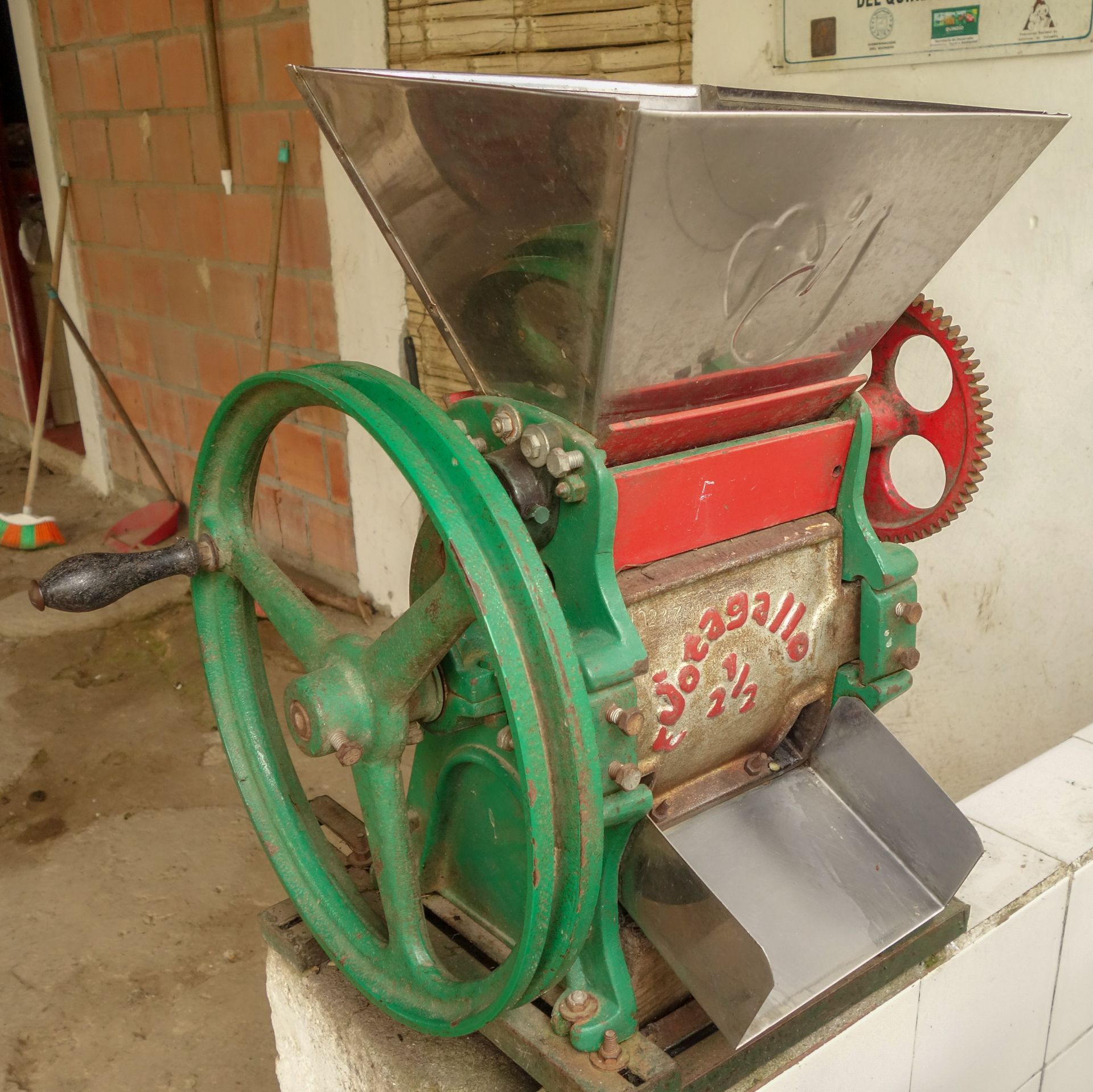
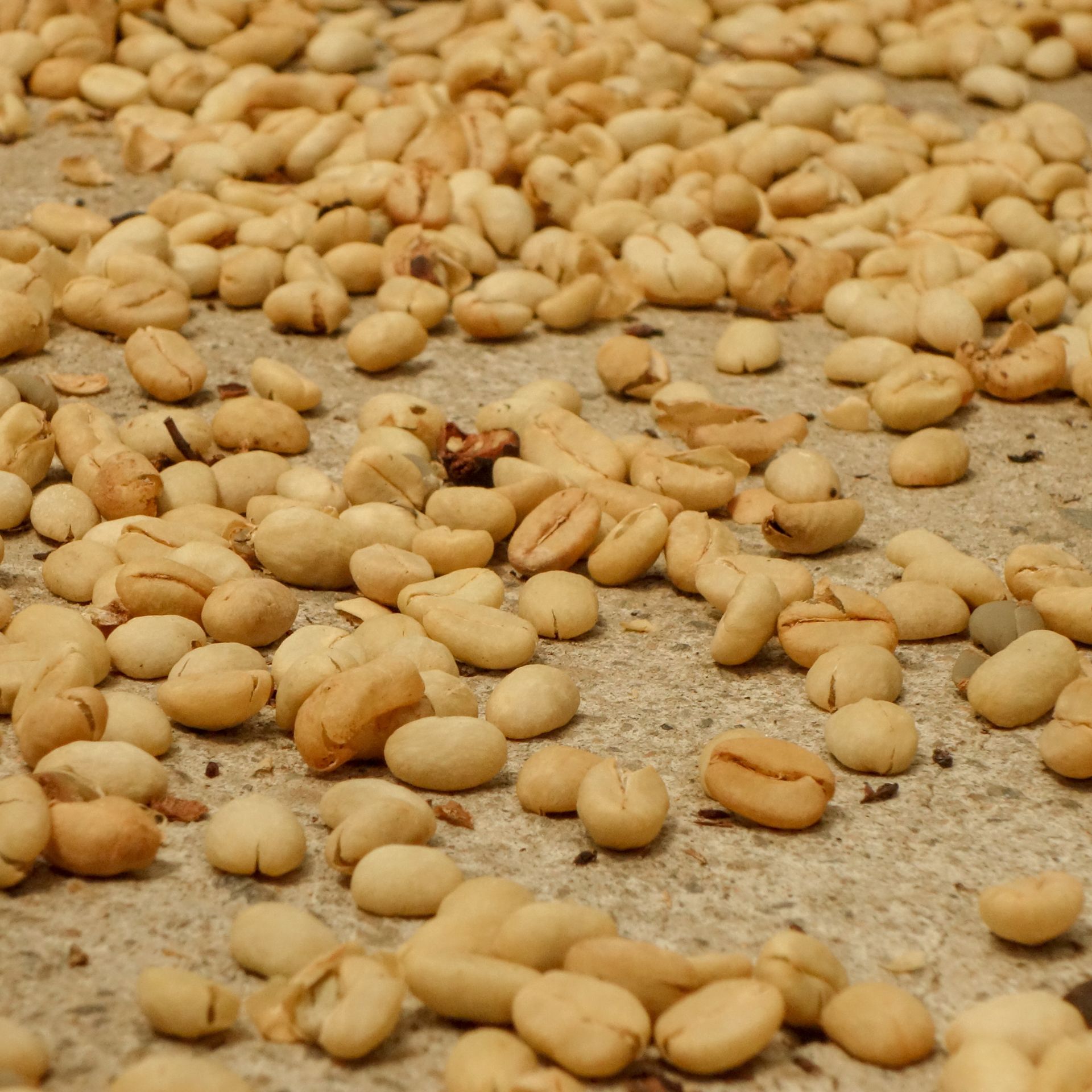
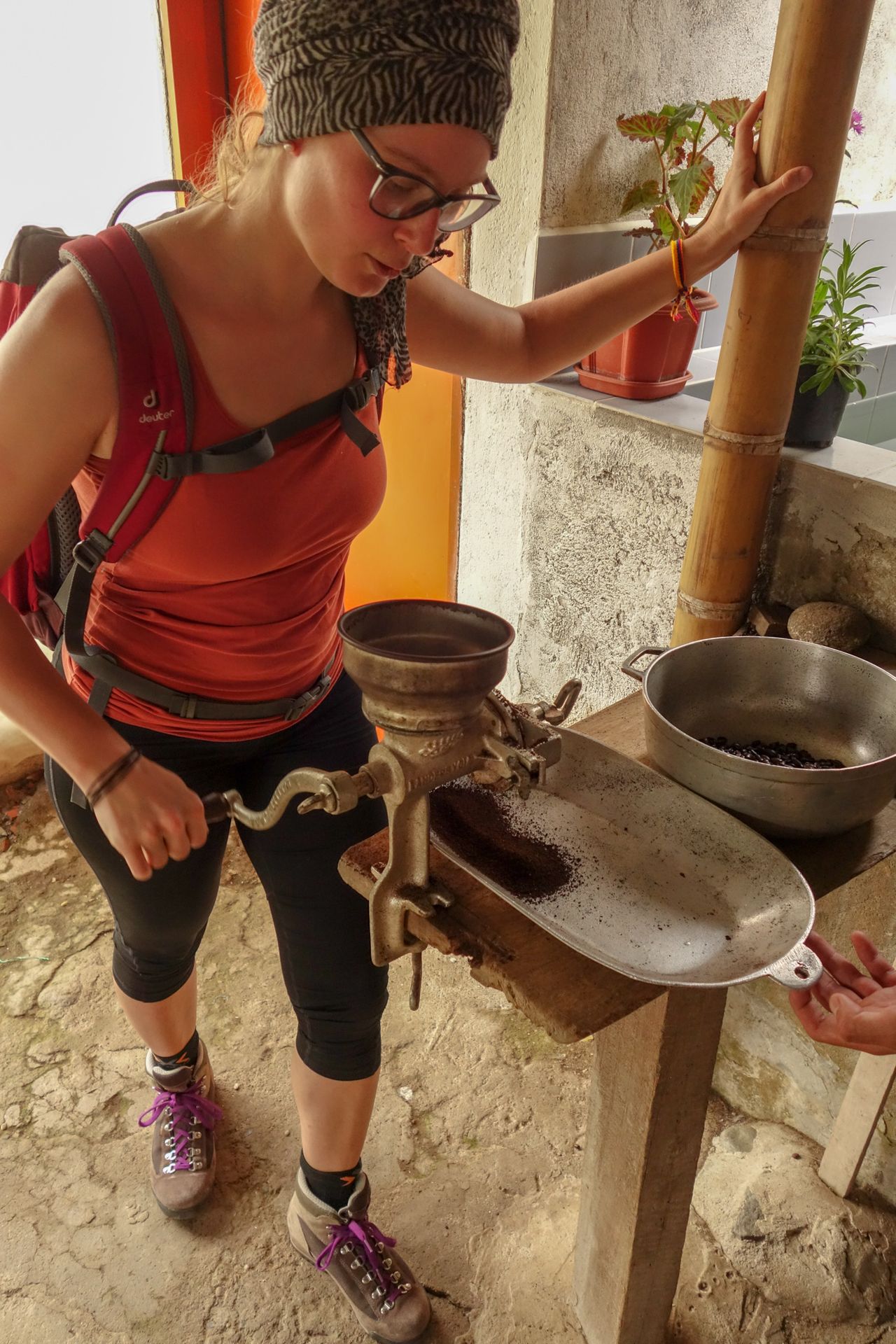
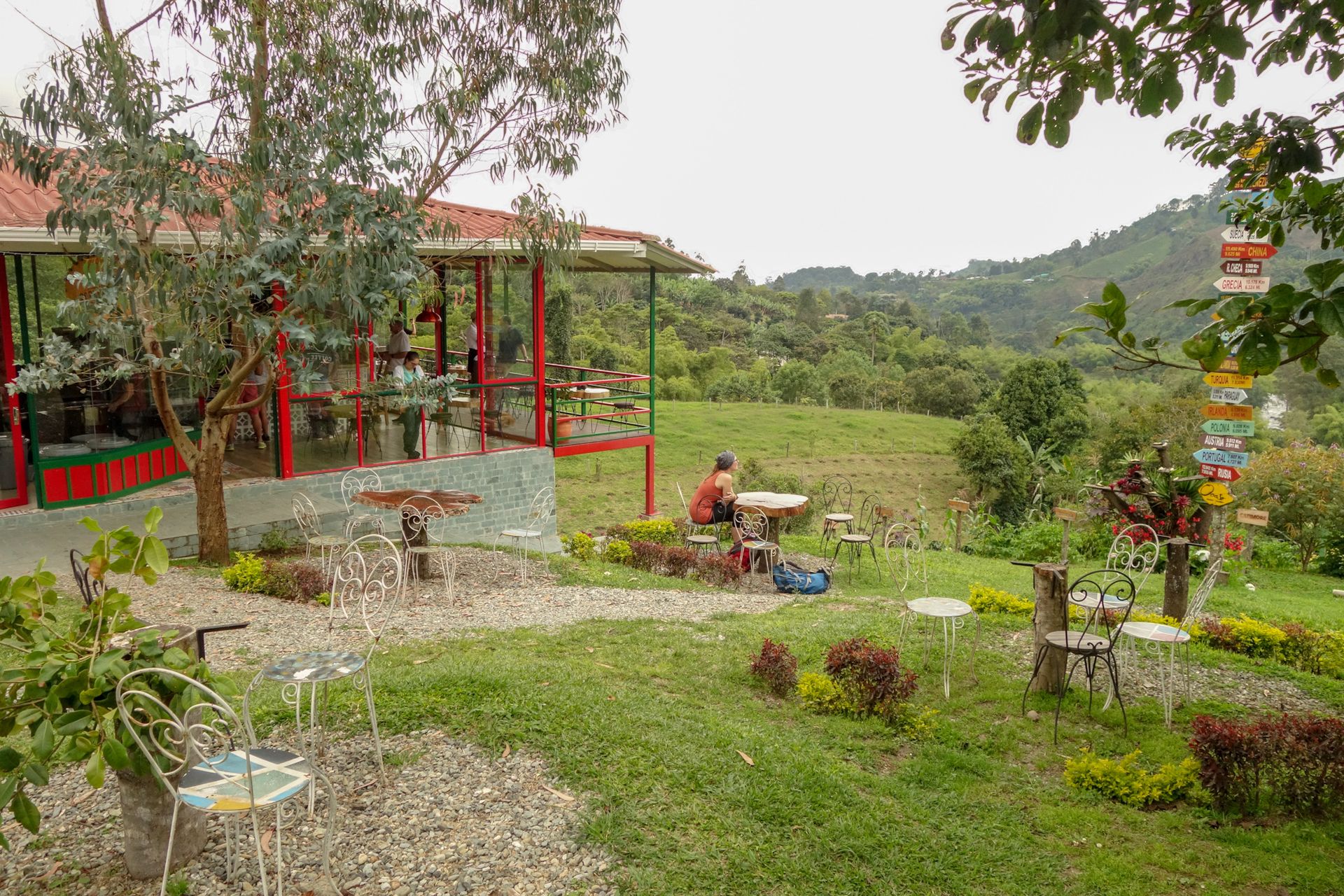

On the second day, we wanted to do one of the most beautiful hikes in Colombia. There were no coffee plantations, but there were hummingbirds, waterfalls, and wax palms. As the name suggests, candles are actually made from the wax palms and the leaves are also used for processions at Easter. As a result, the palm is unfortunately endangered. And also a bird that only nests in these palms. They can grow up to 60 meters high. It looks as if someone rammed oversized glitter party sticks into the ground. The palms are now protected, but it will take a few years for the population to really recover. It was a really beautiful hike, but whether it was really one of the most beautiful... I was already spoiled by the previous countries in terms of hiking. But finally a bit of exertion after the last lazy days. Then it's the end of the rural idyll. Next stop Medellin.
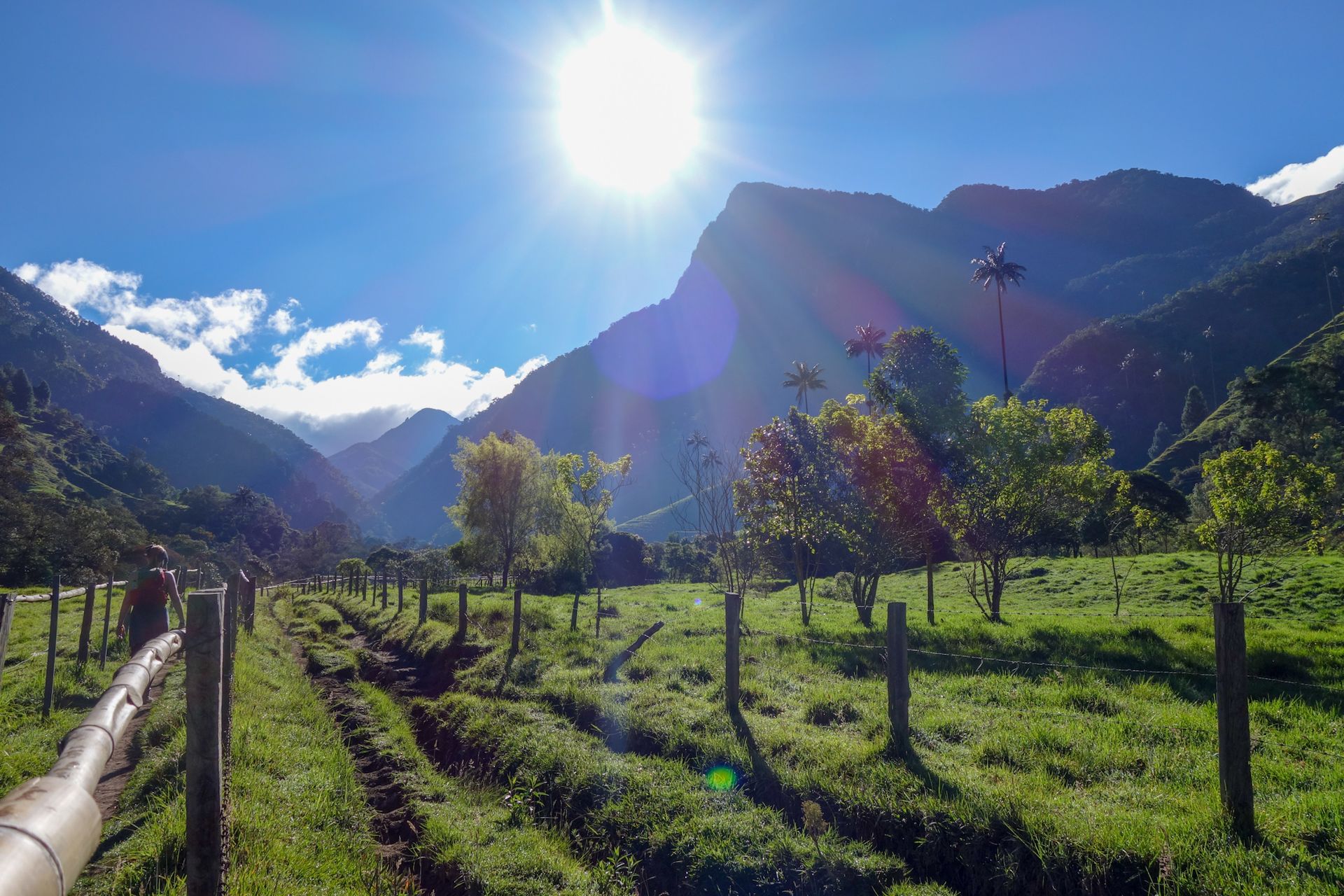
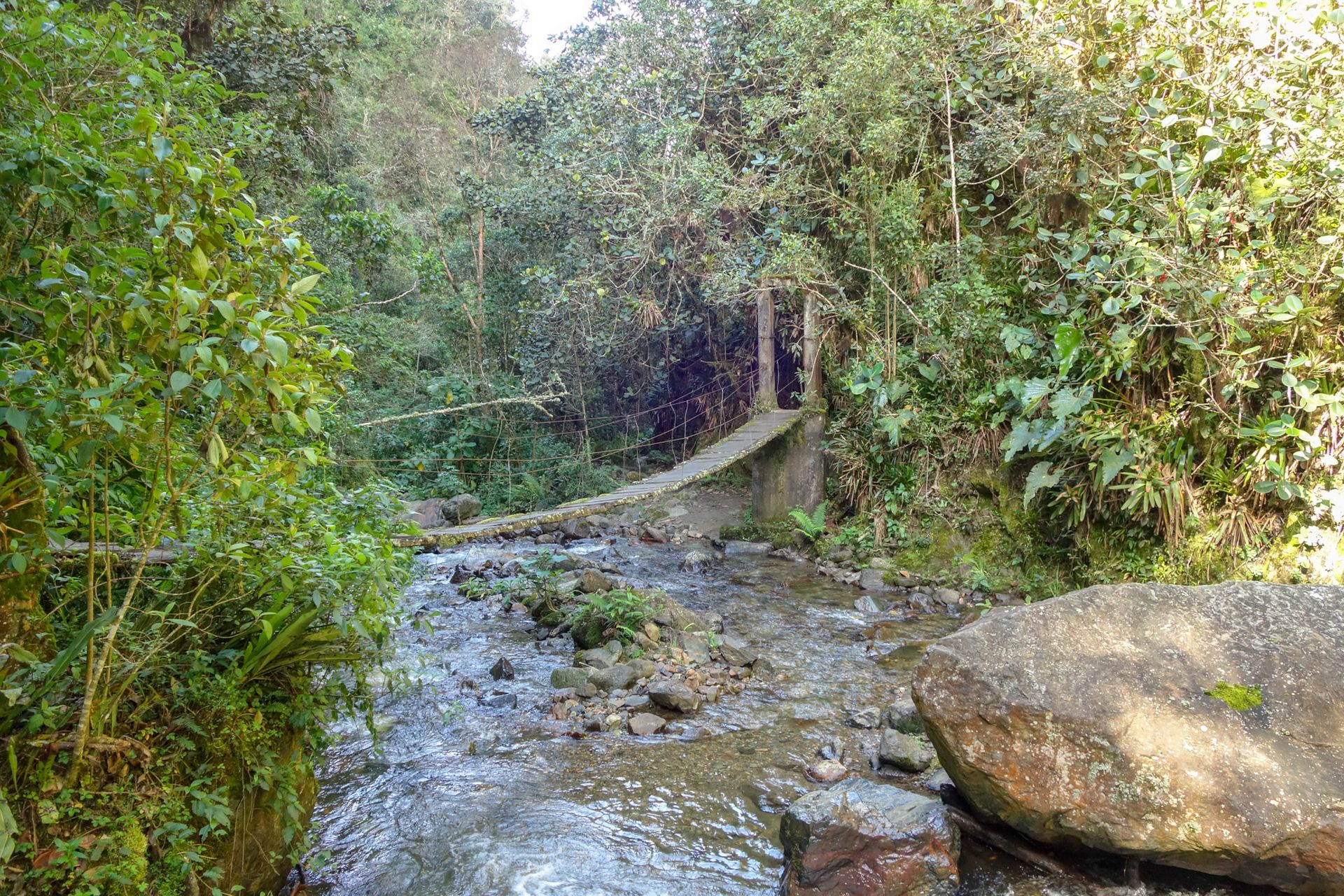
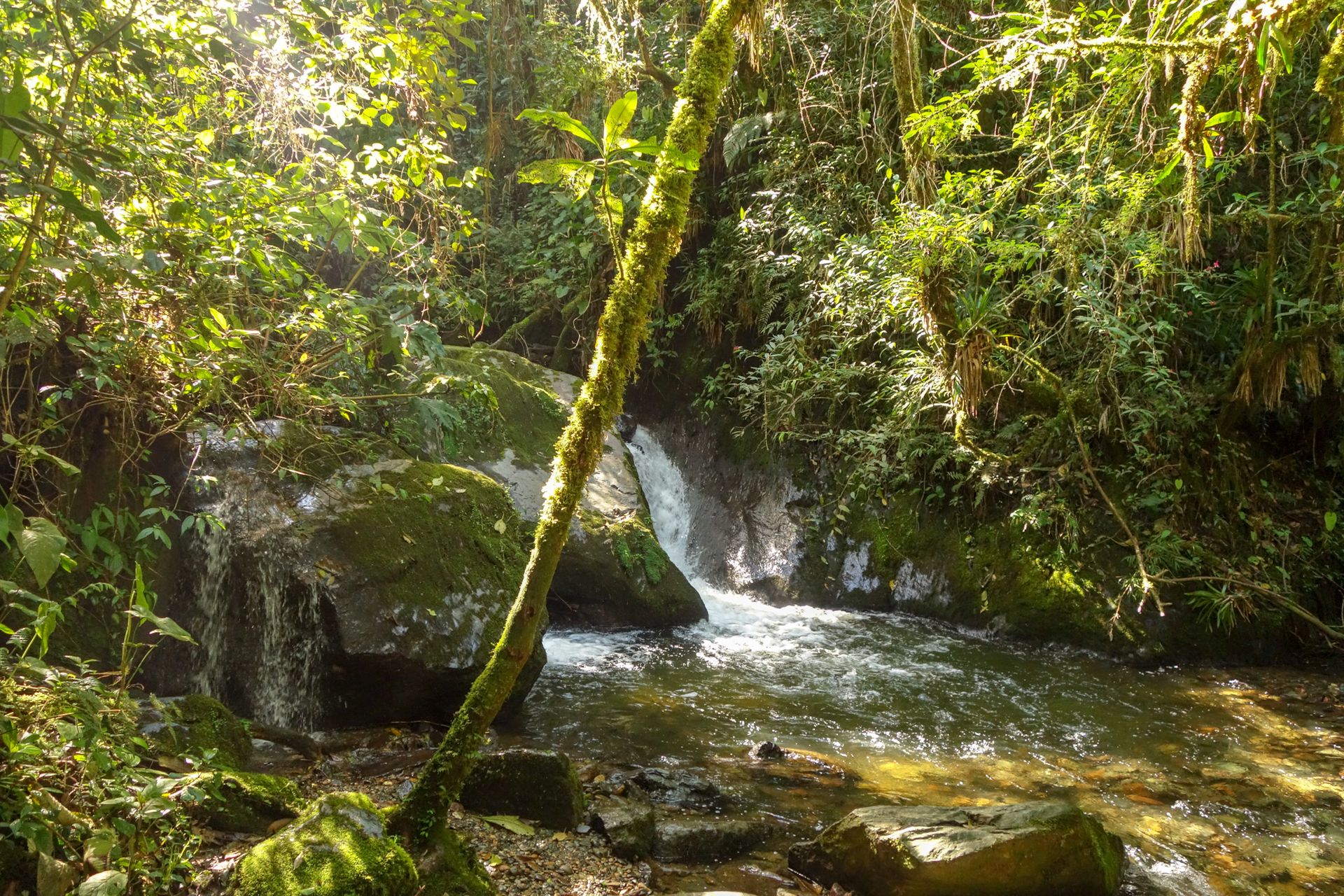
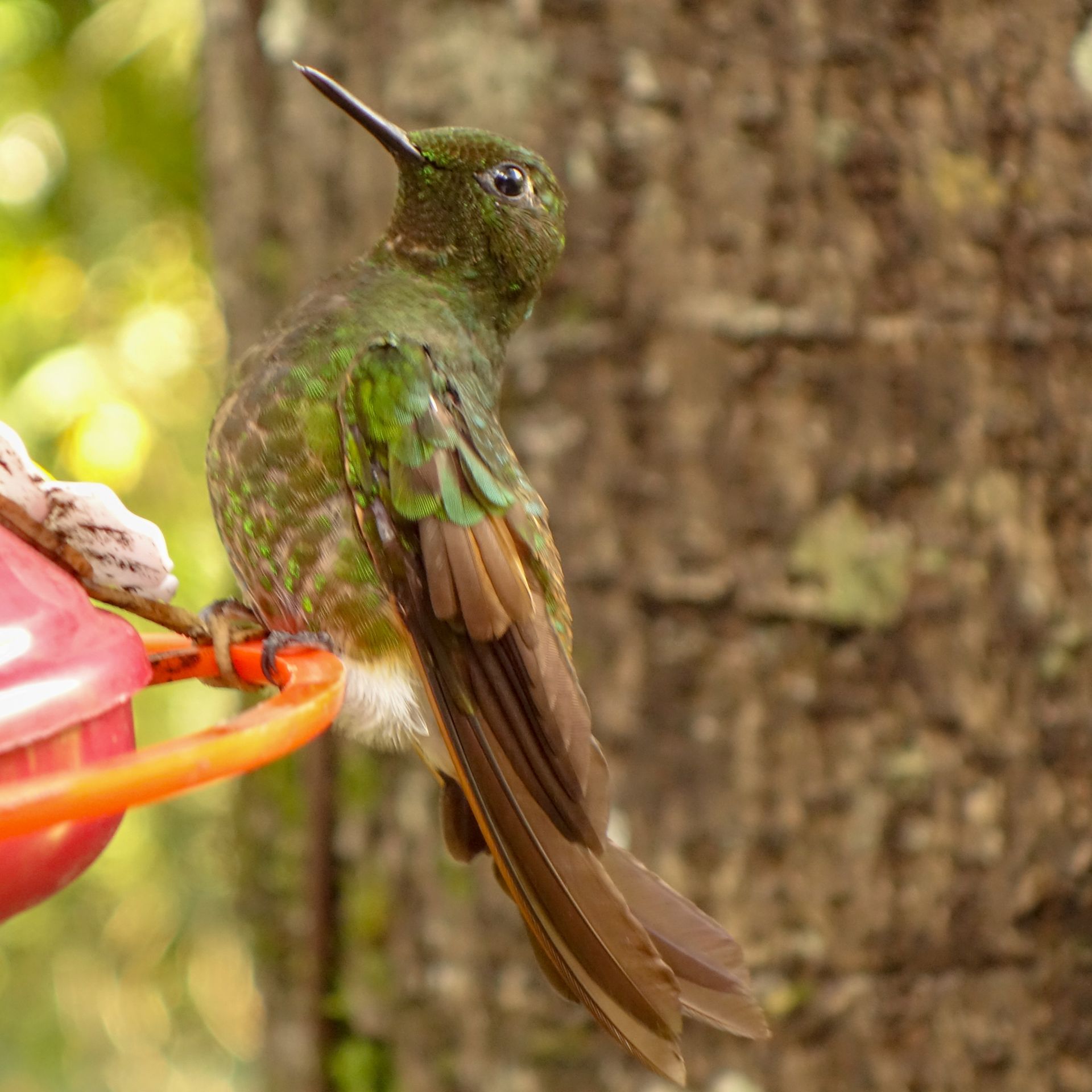
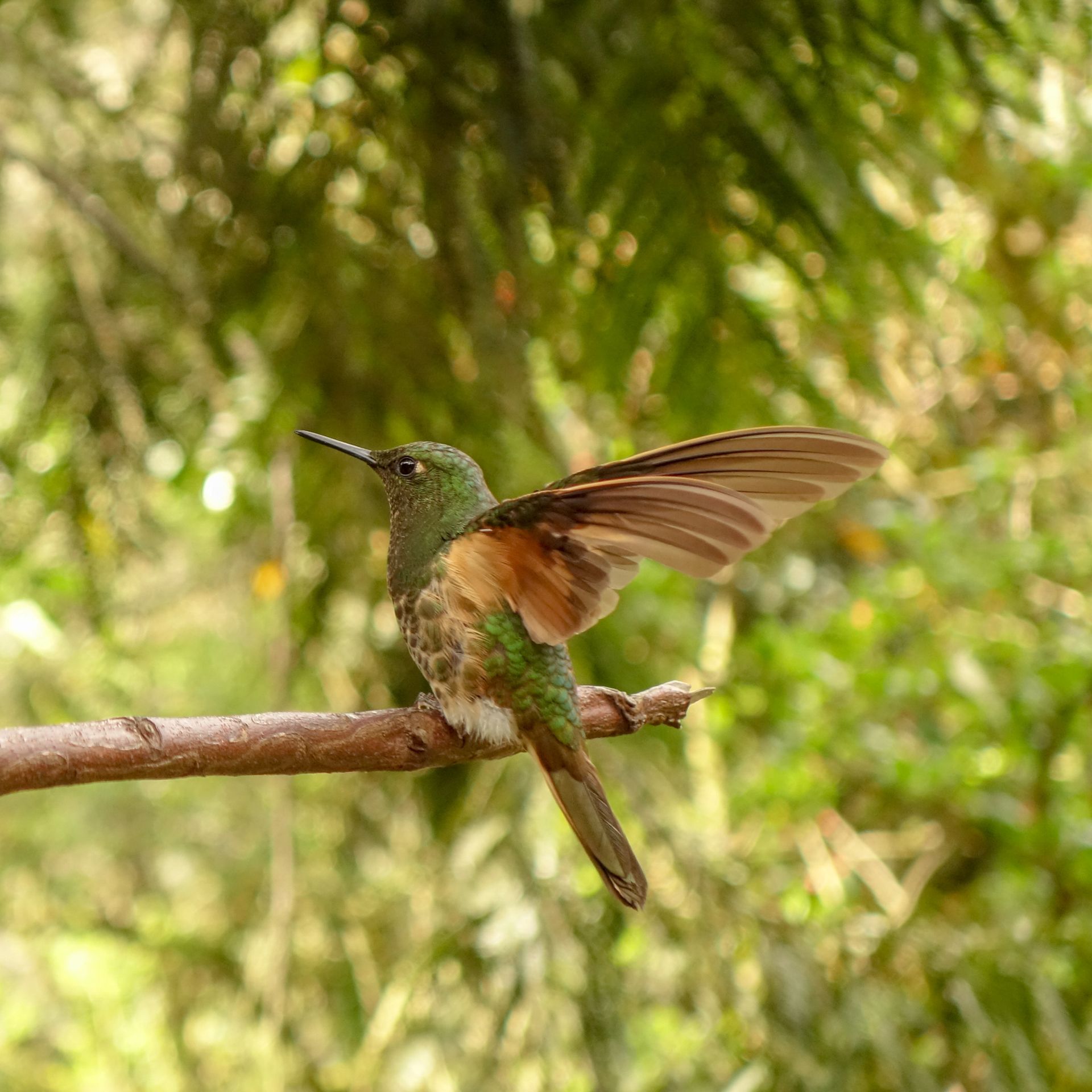
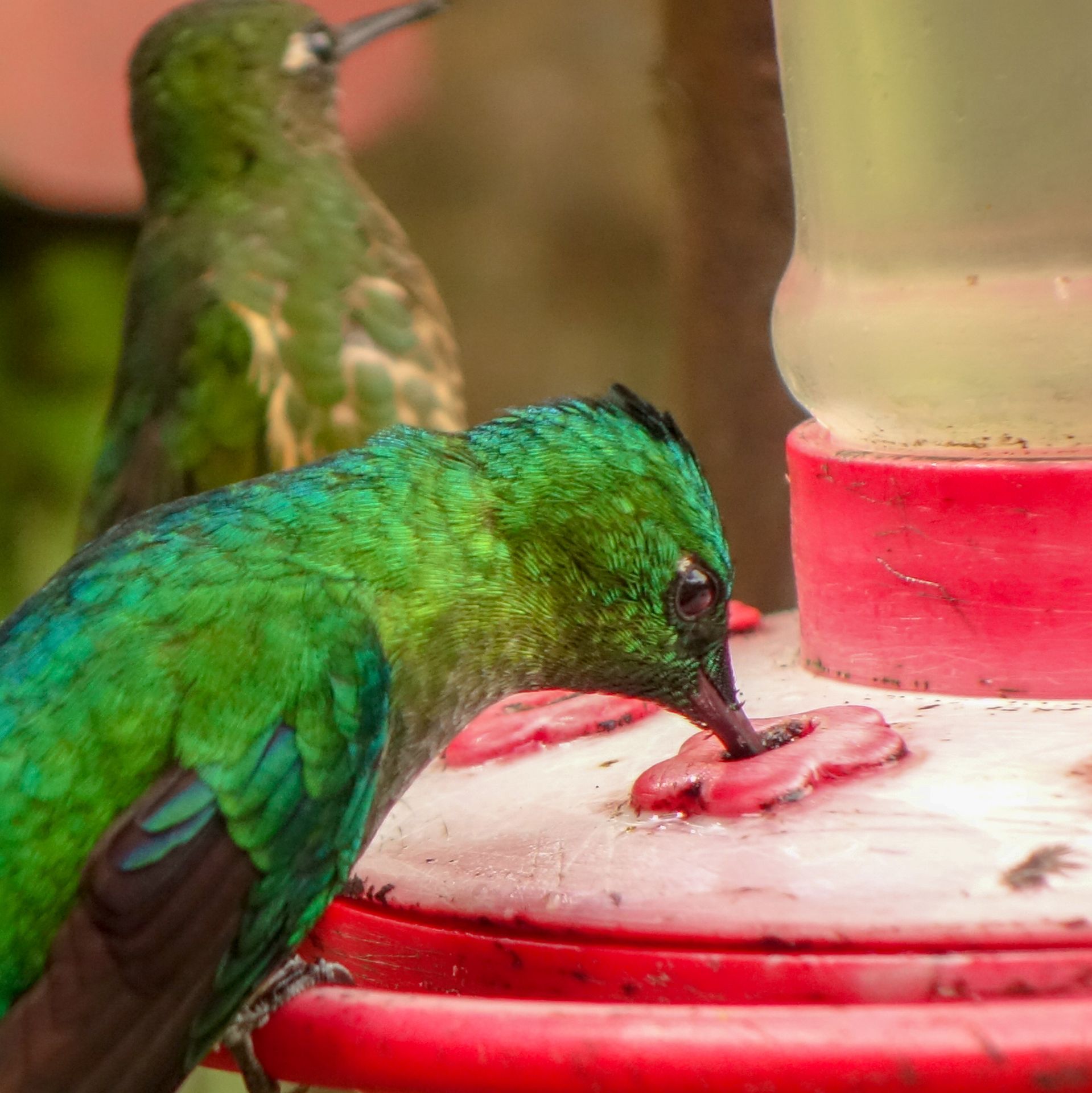
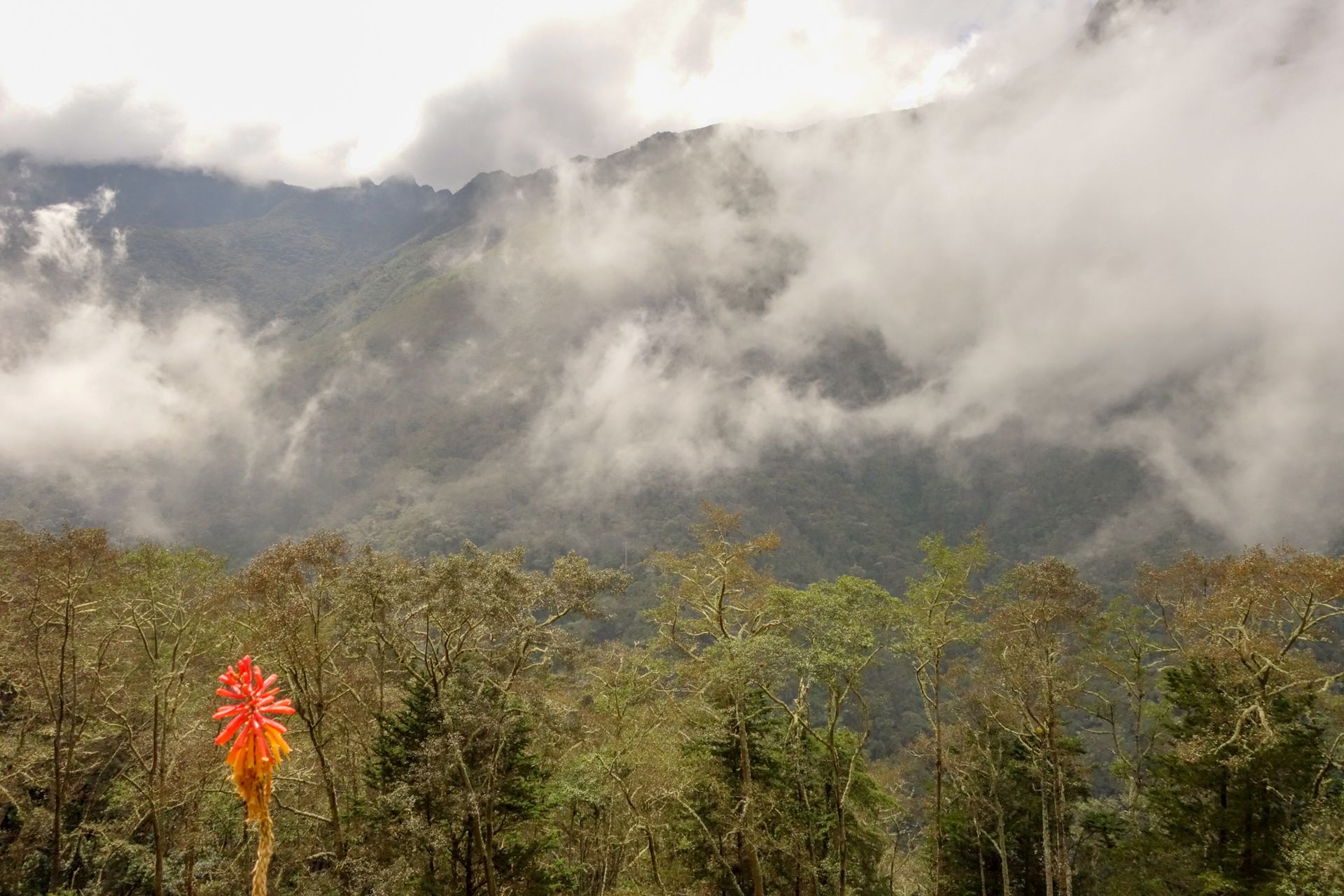

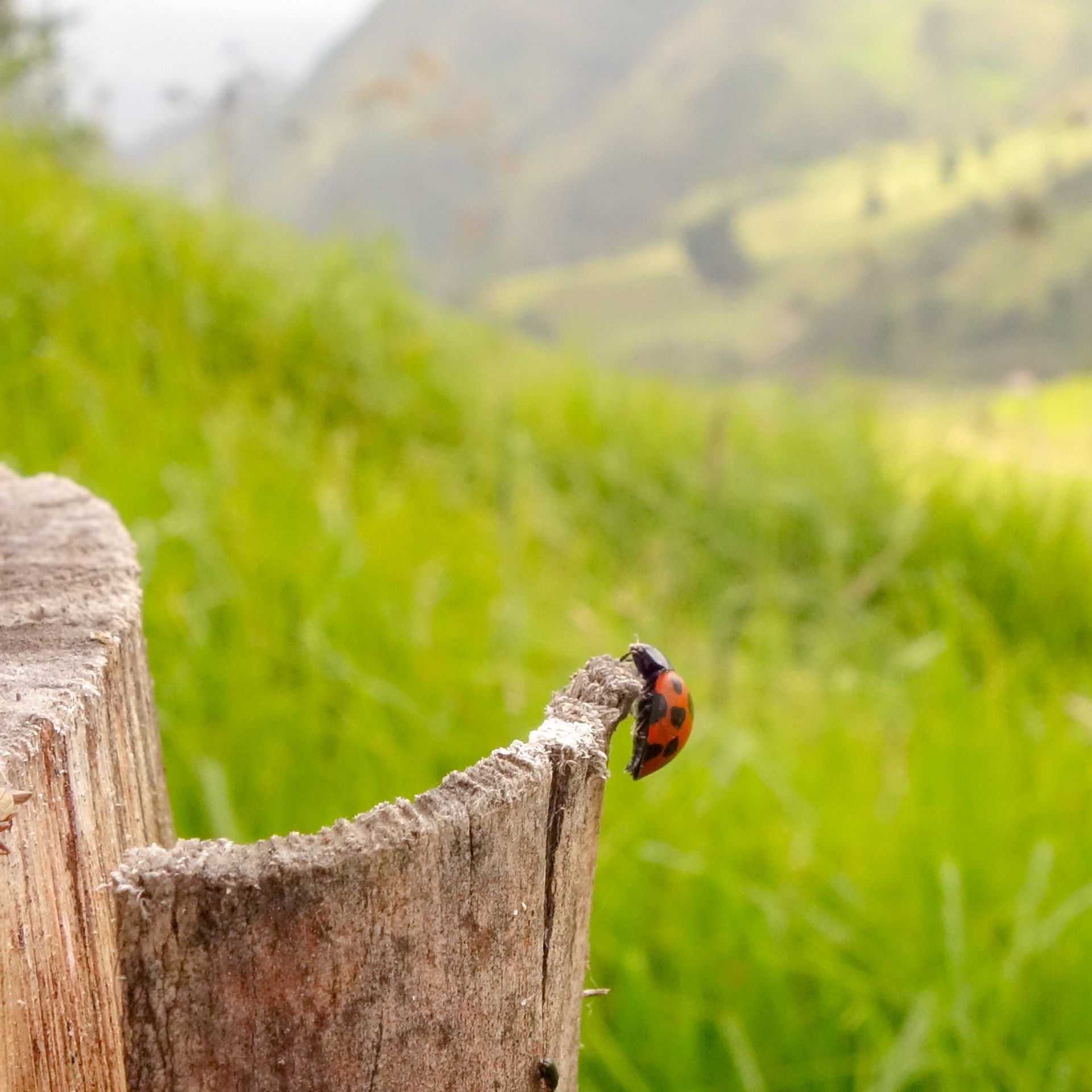


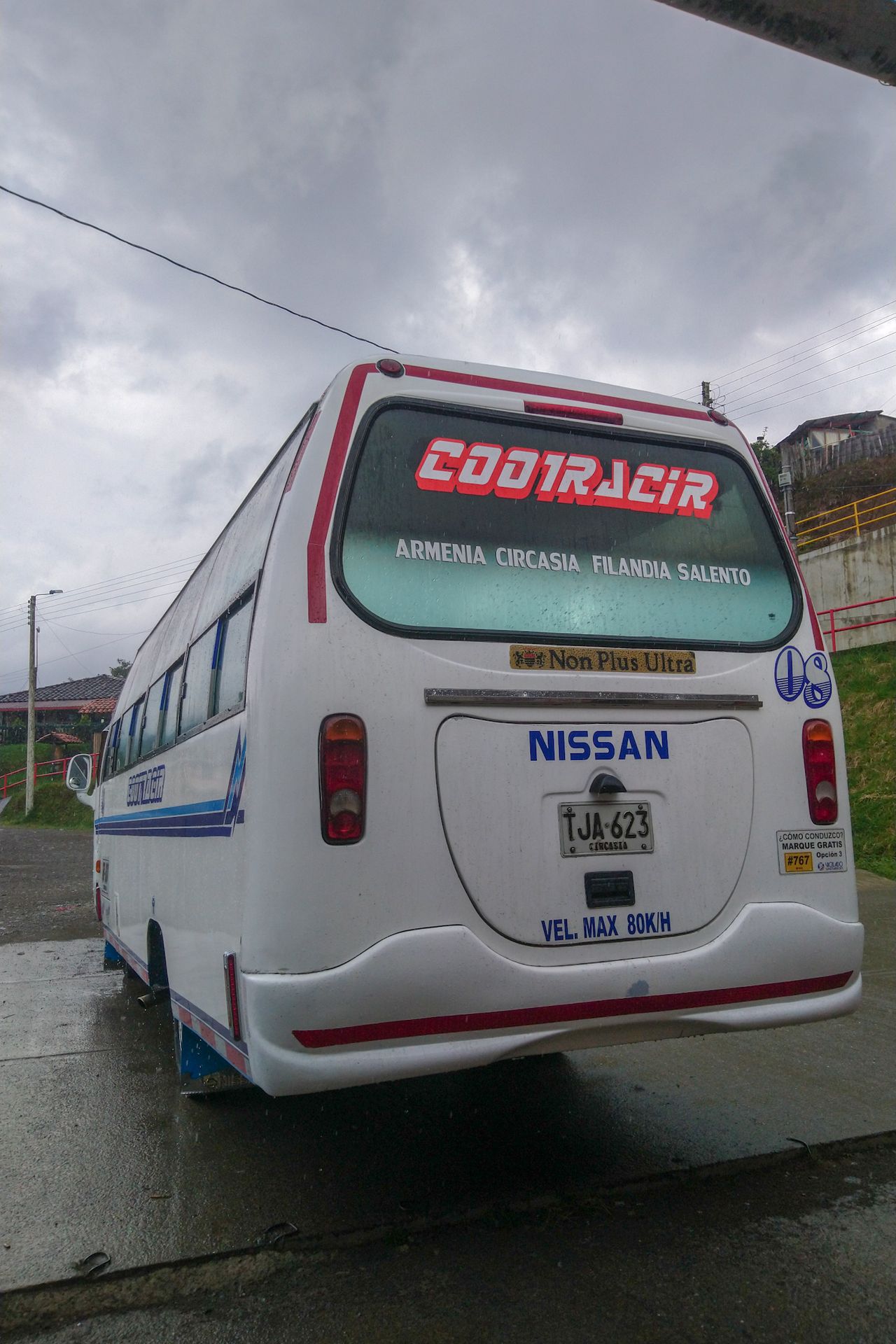

Medellin
The City of Eternal Spring - is mainly known for its drug past related to Pablo Escobar. Nowadays, it's known more for the artist Botero, as well as for its museums, fashion, the metro, and the fiestas. In general, for art and culture, and only a little for the infamous drug cartel around Escobar. During his rule, thousands of people were shot every year. Violence and chaos reigned. In Casa de la Memoria, many eyewitnesses tell how the city suffered back then. Escobar is still admired by many poor people today because he always won the support of the poor population with a few donations. After escaping from prison, he was shot dead in the early 90s. And so this chapter more or less ended. Today, Medellin is very colorful. Walls and public places are painted everywhere. This is also related to the processing of the past. Numerous art and culture projects were started with the aim of exchanging weapons for brushes and paint - and quite successfully at that.
With the help of the metro, we explored the most important squares, sculptures, and sights of the different neighborhoods, took the cable car to the Arví Park on the mountain, and saw the illuminated parks at night. We also ate and drank well. And then the two days in Medellin were over.
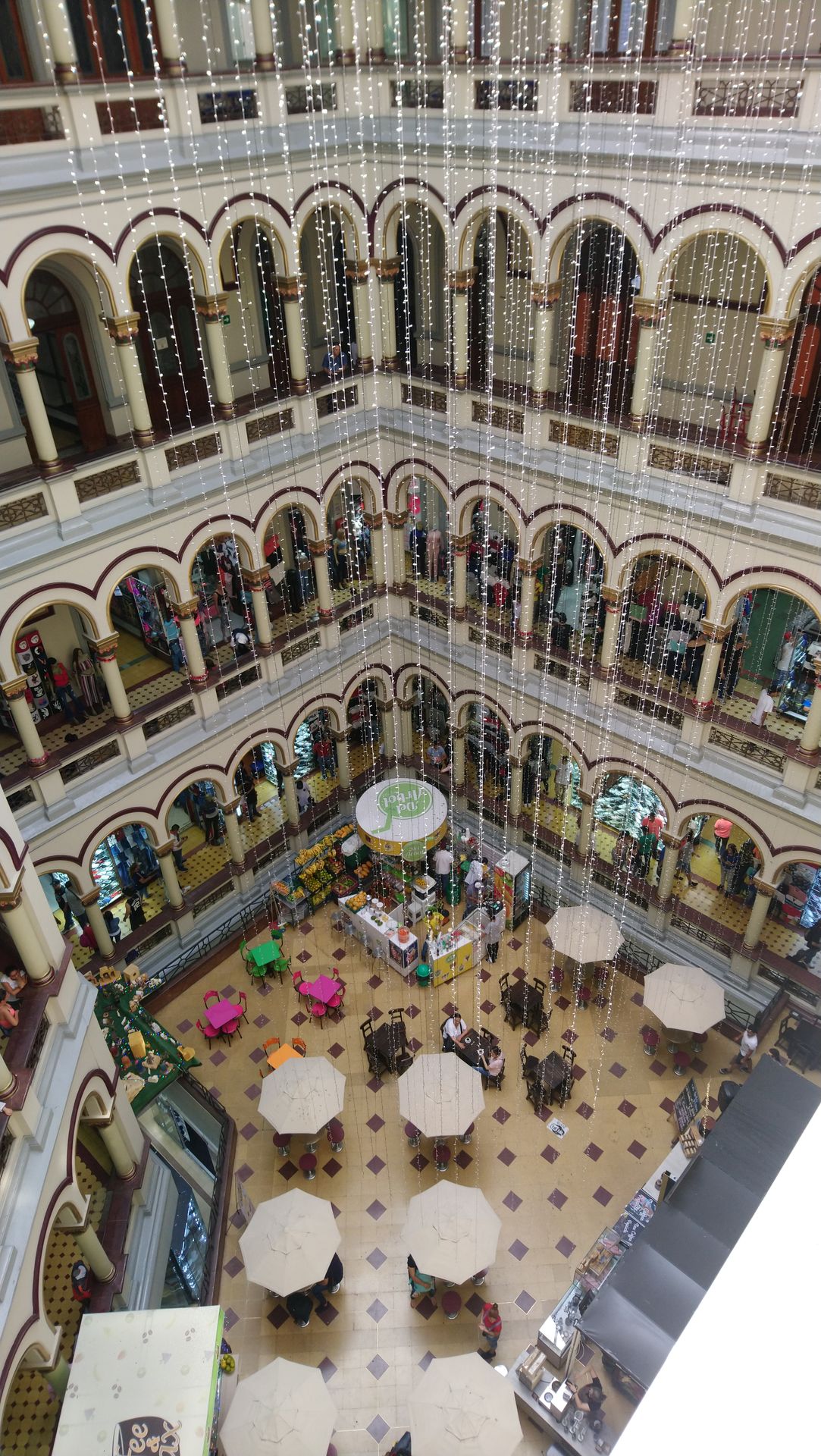
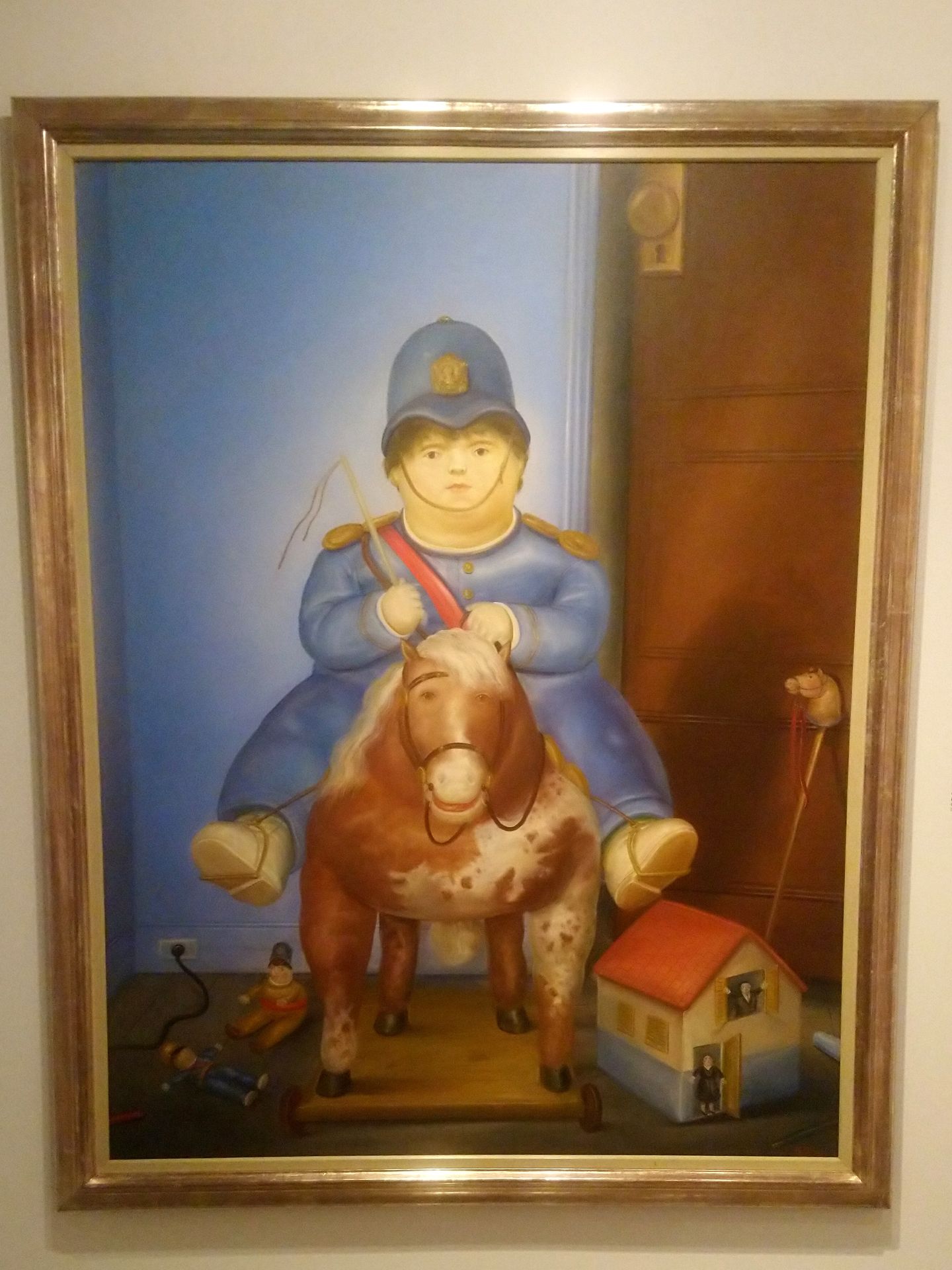

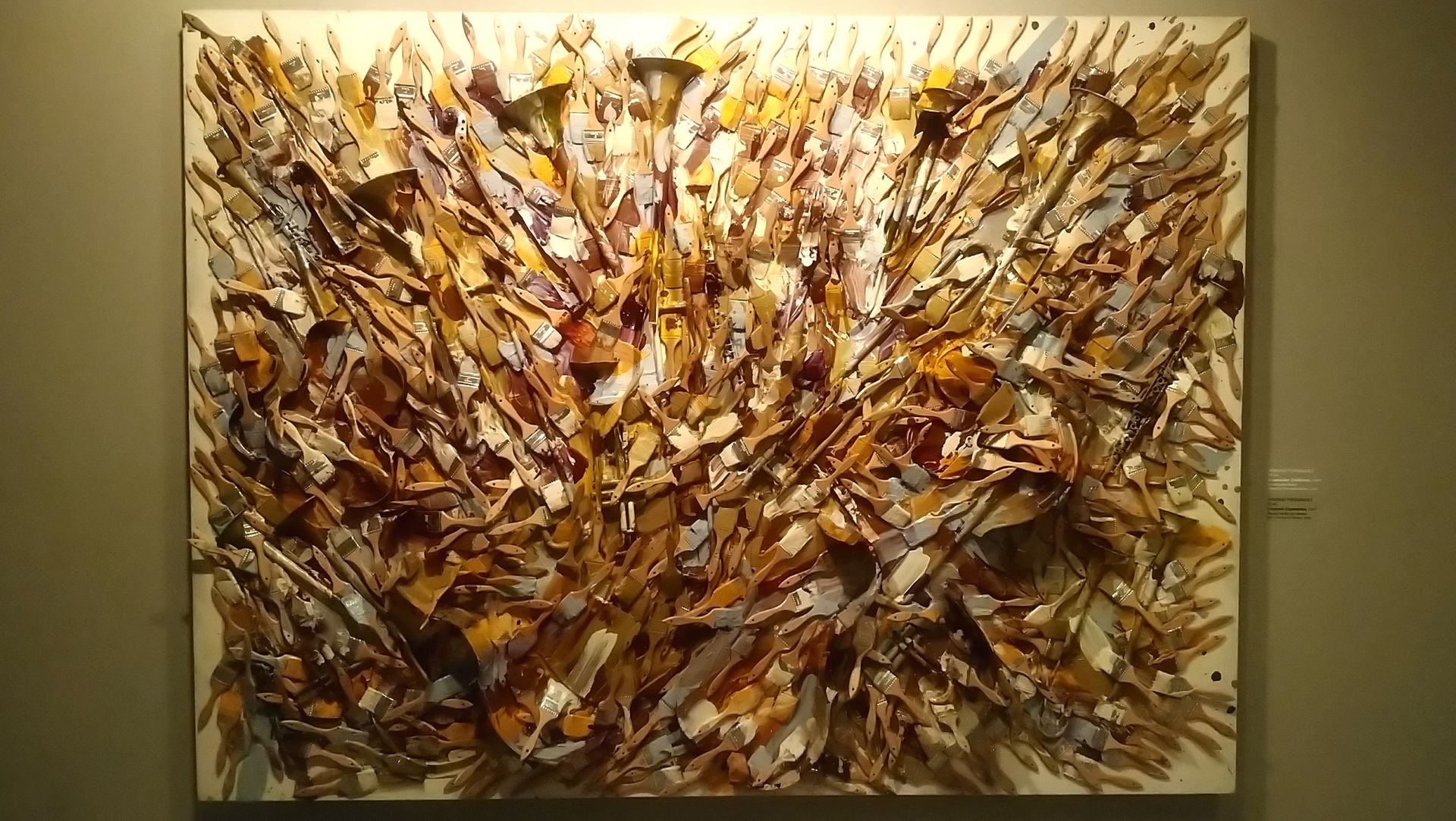
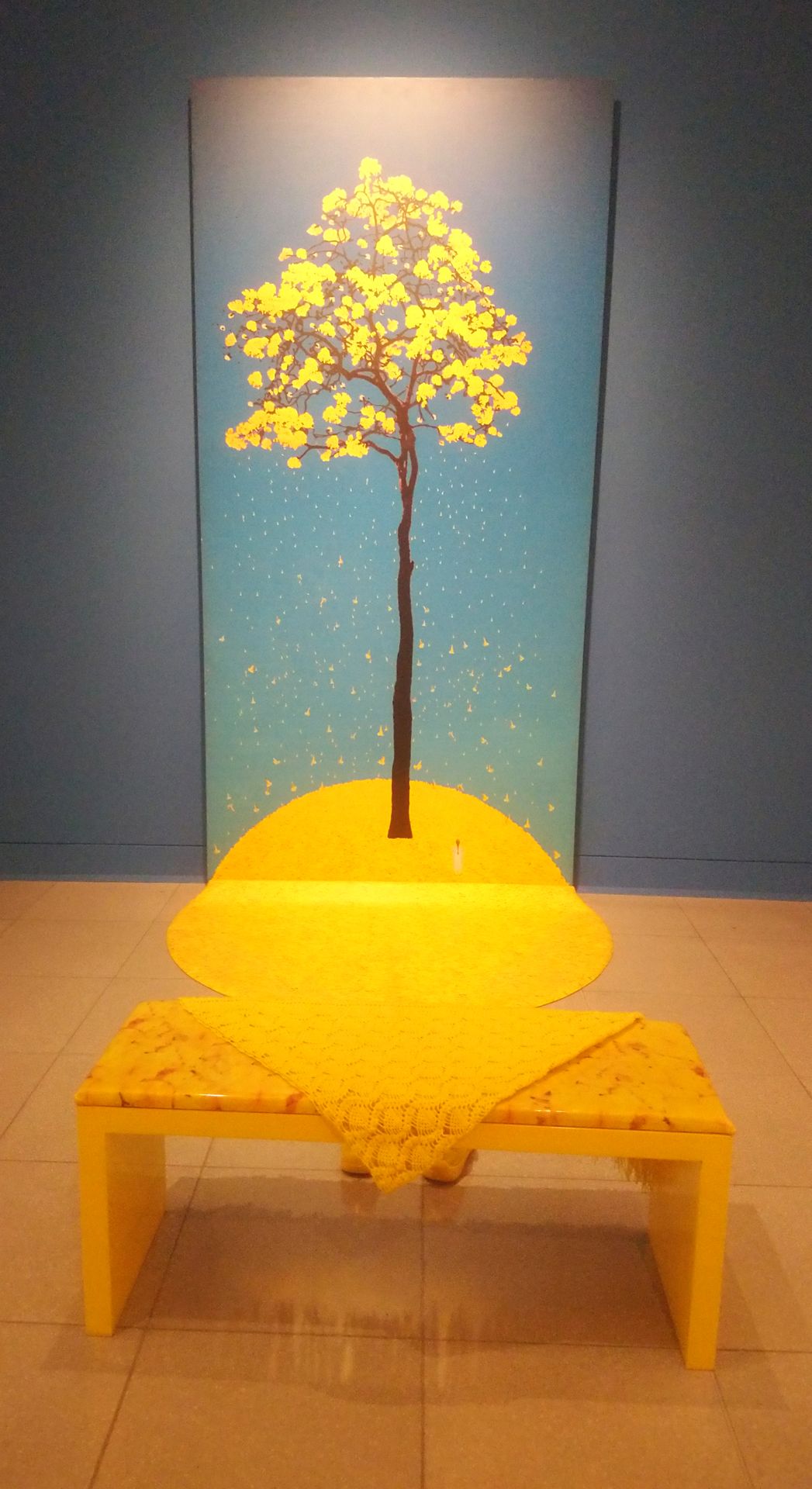
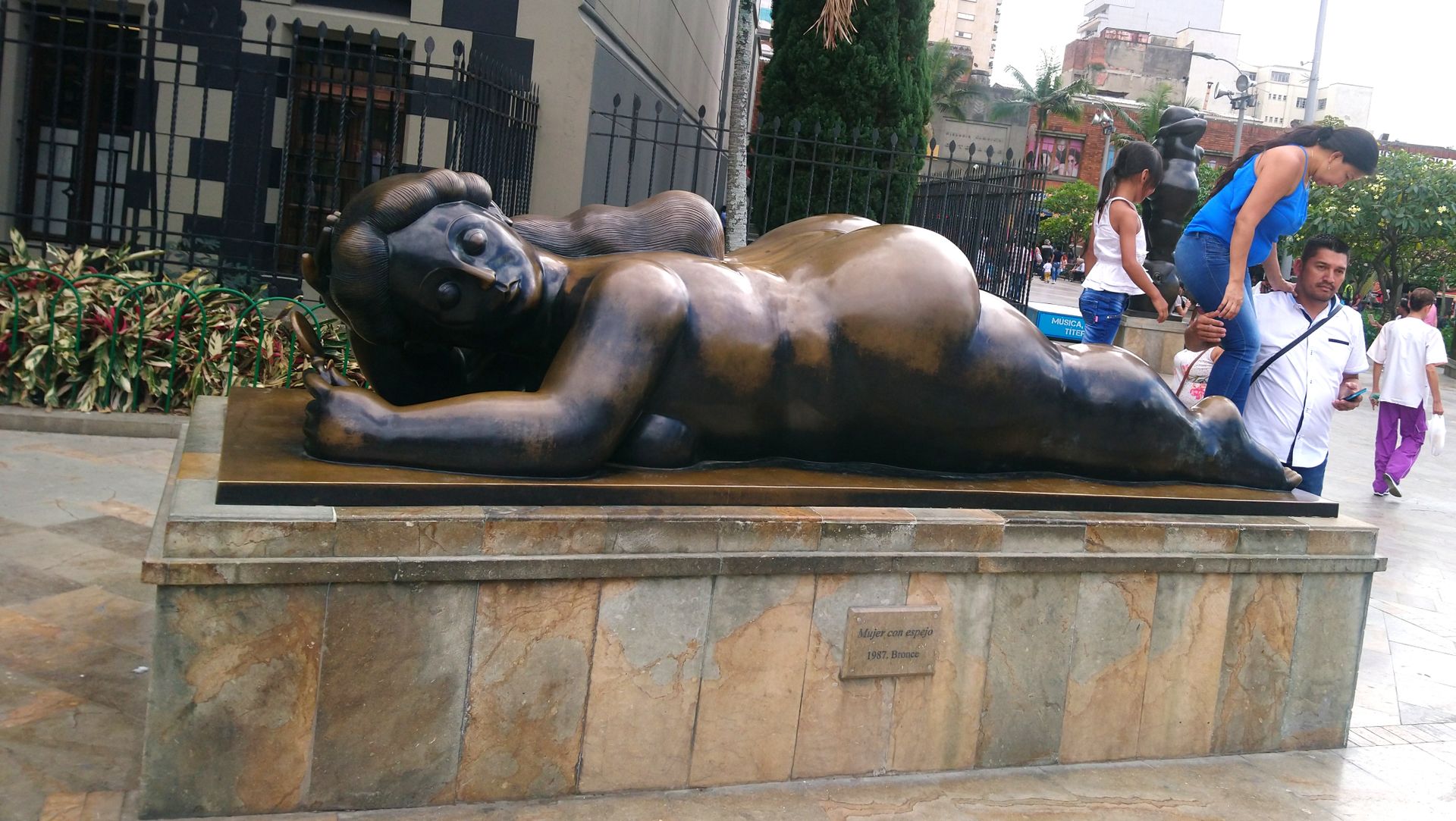

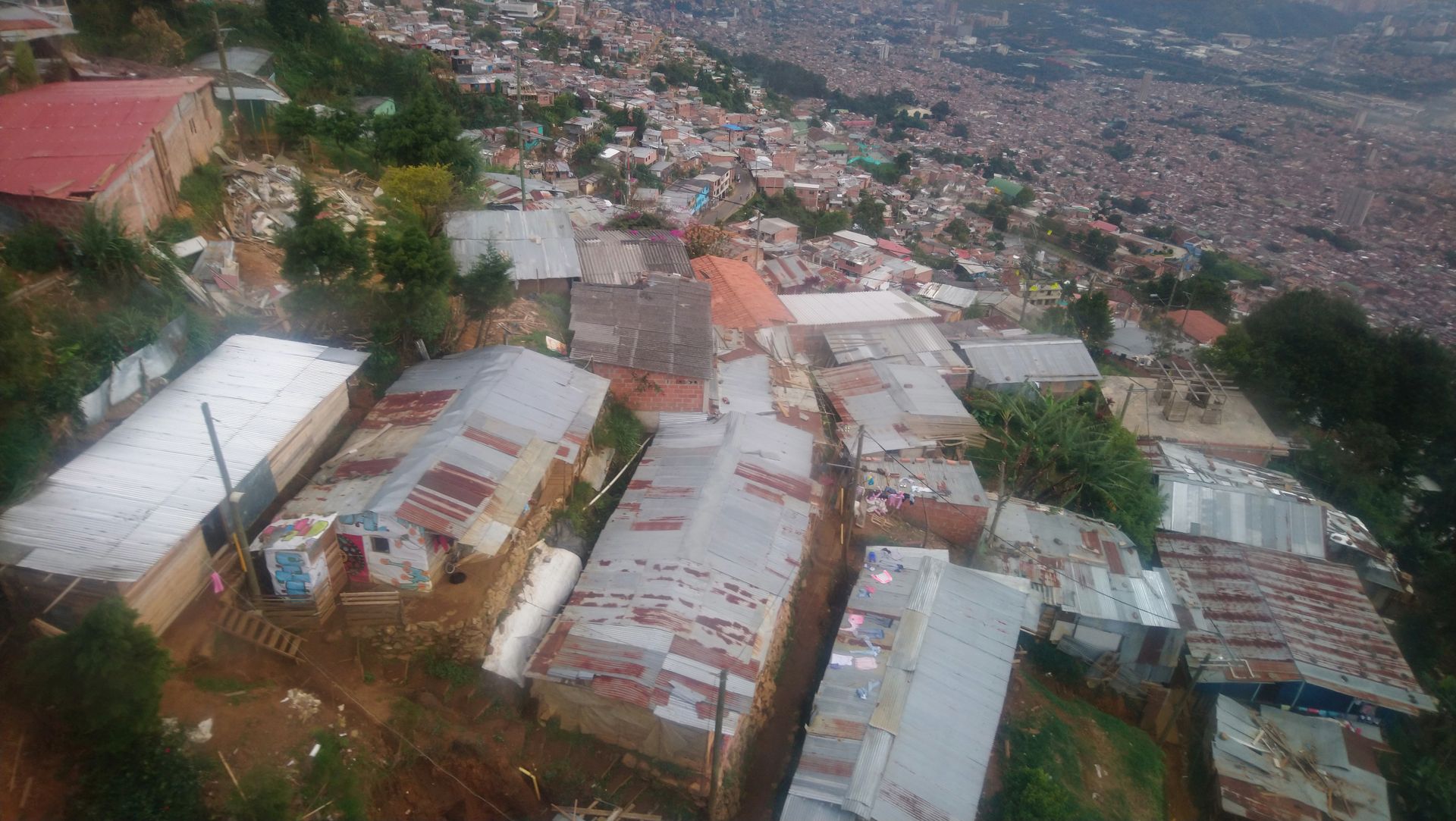


We continued to Cartagena overnight, a journey of 16 hours. The Colombian holiday madness was slowly beginning. Christmas was approaching, which meant that the whole country would be on the move at the same time during these two weeks! We were lucky to get a bus ticket. The bus station was bursting at the seams, with several hours of delay everywhere. And that's how it would be at our other stops too. Quite overcrowded, with hefty price increases and a lot of chaos. And all full of Colombian vacationers, whose main destination was also the beaches of the Caribbean coast. You rarely meet local vacationers, but now all at once.
Jiandikishe kwa Jarida
Jibu
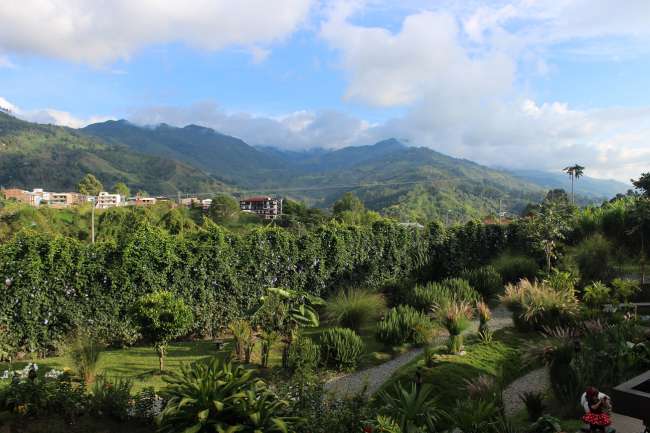
Ripoti za usafiri Kolombia
